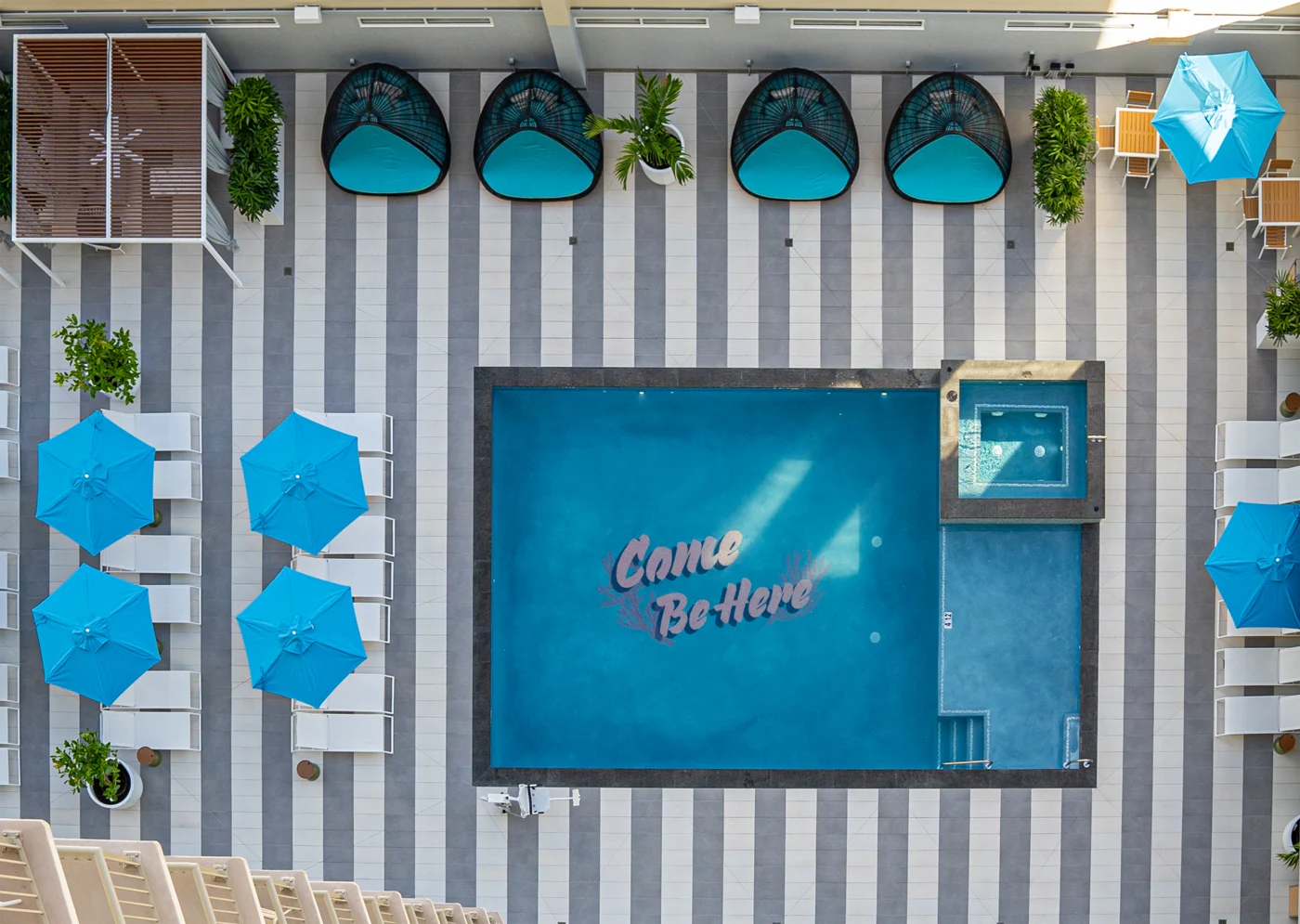
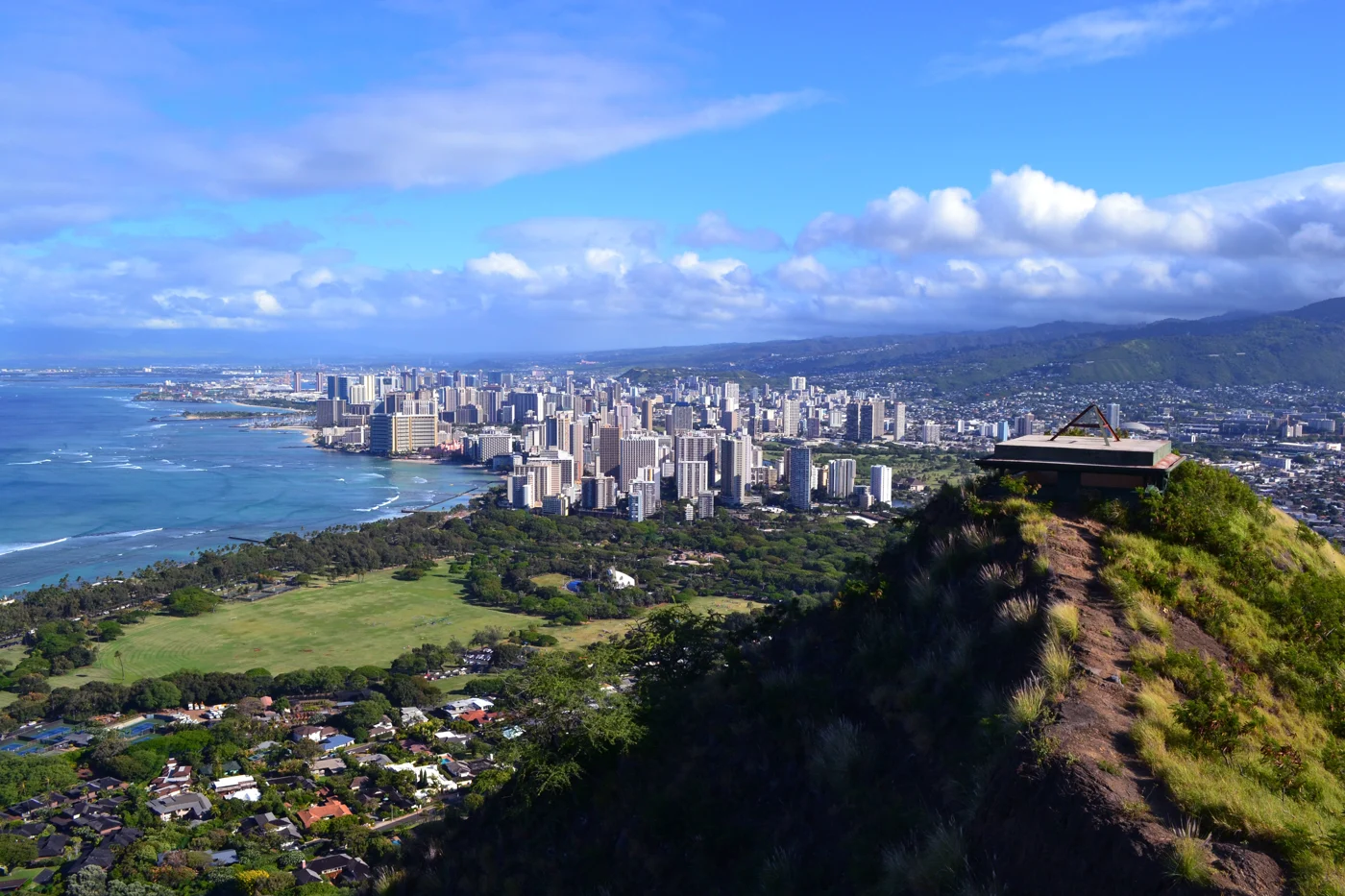



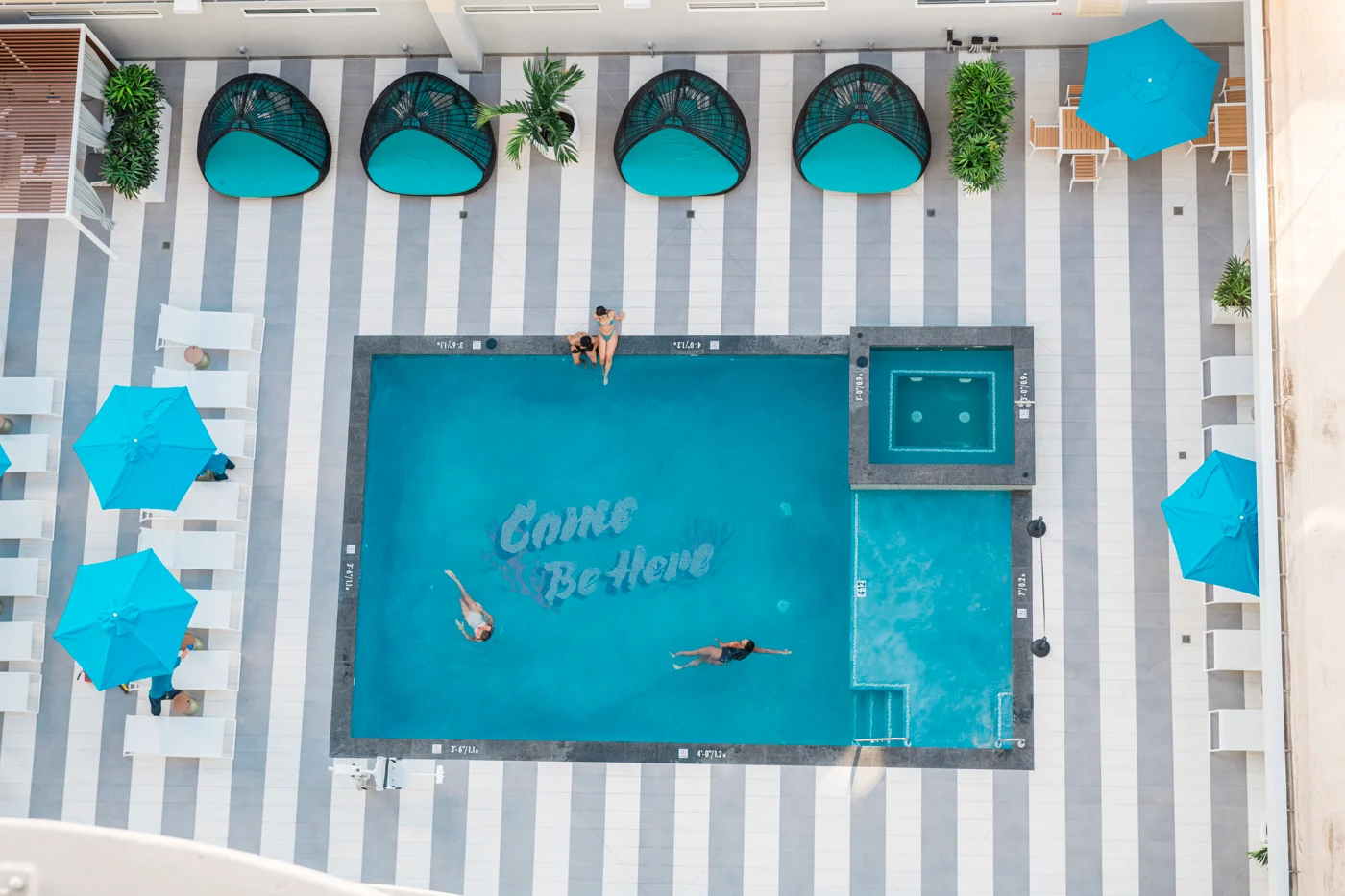

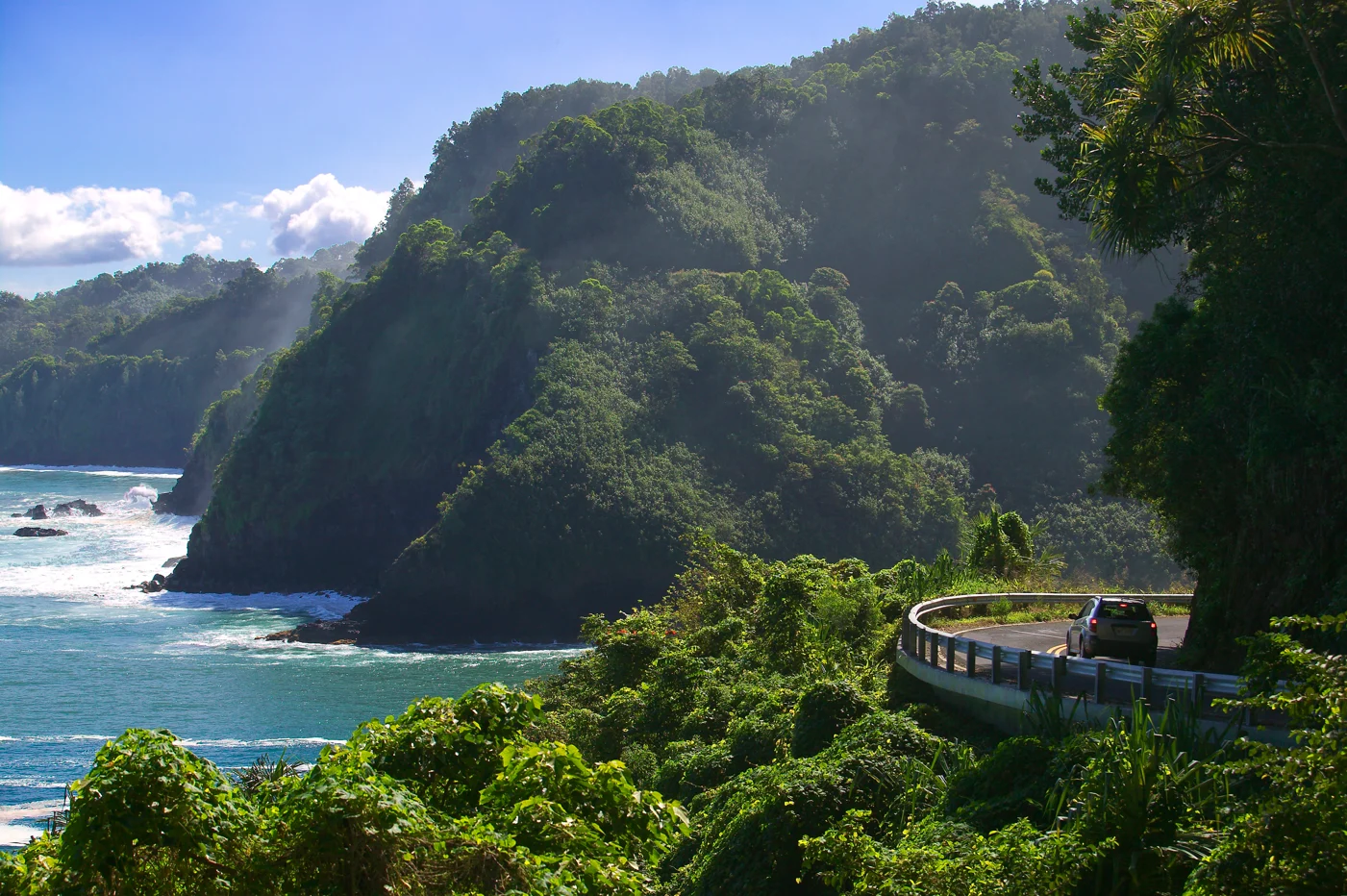
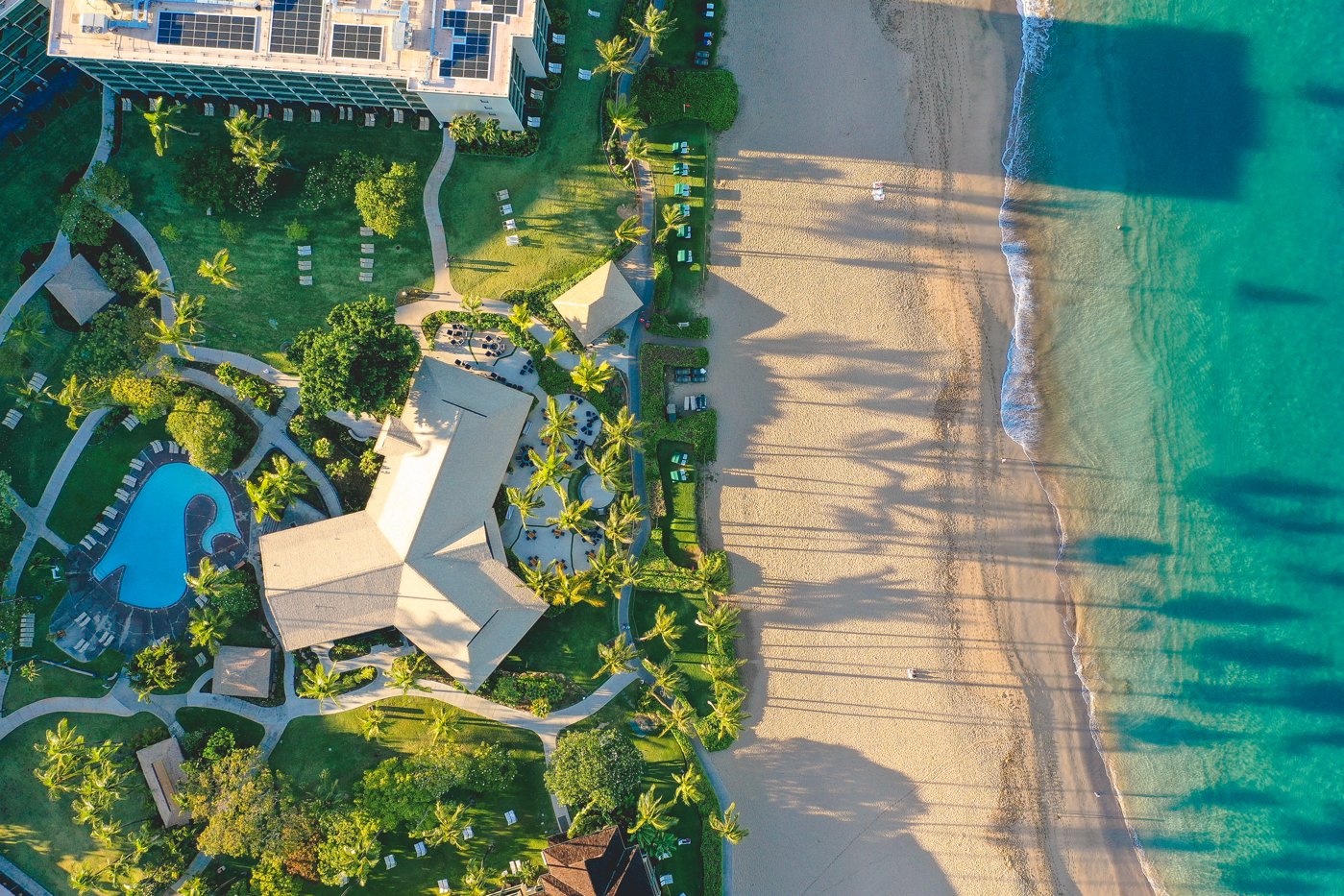

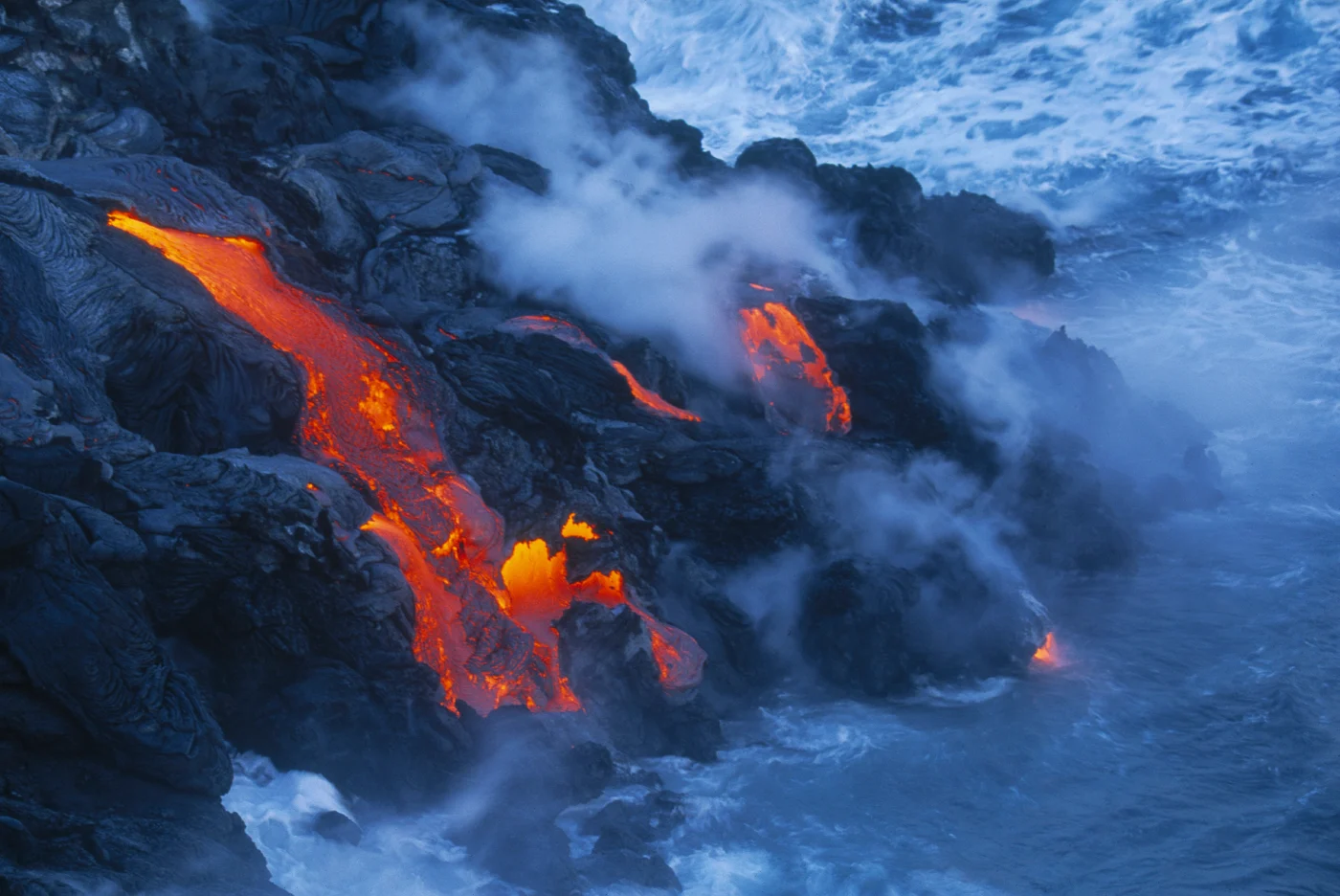
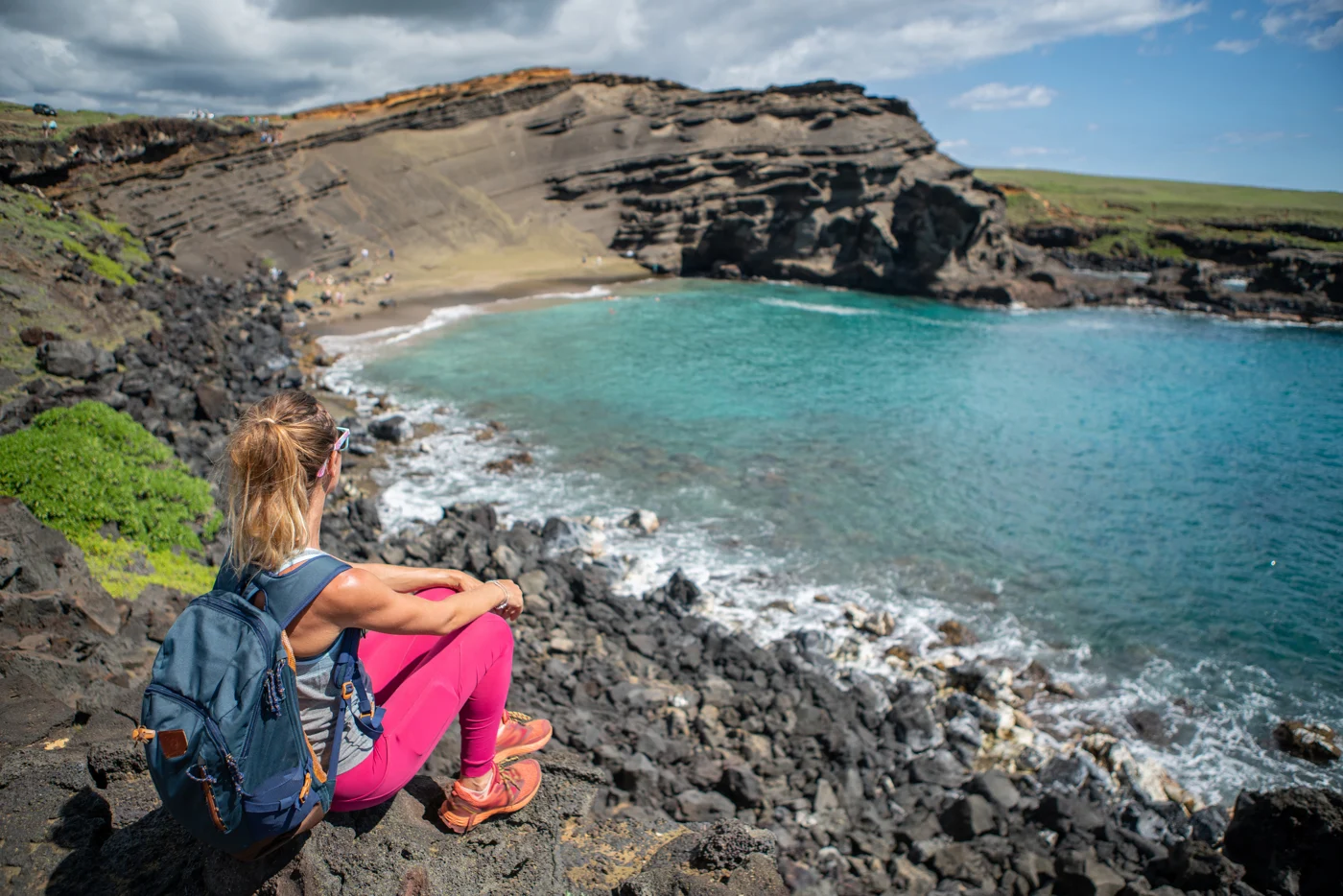
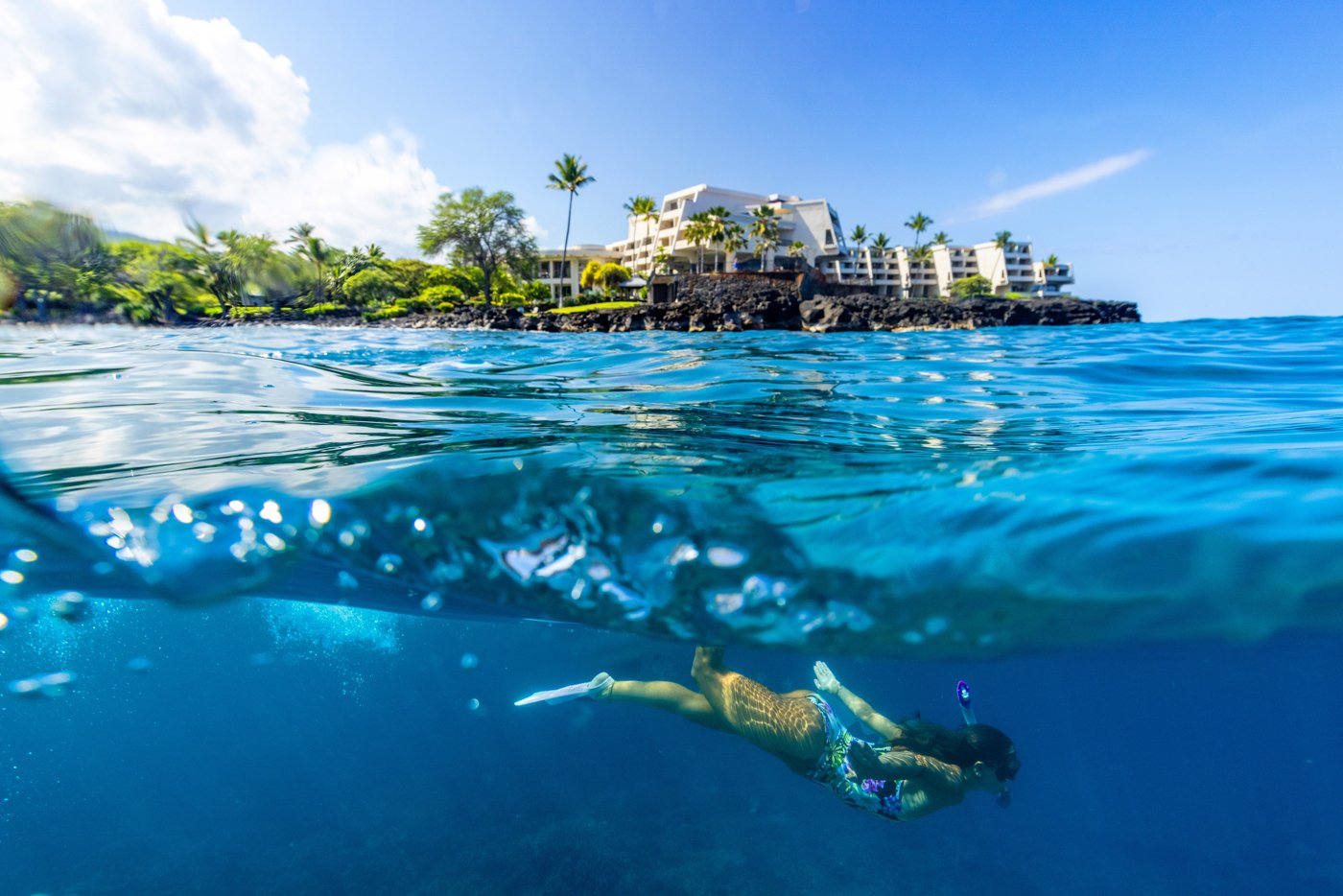
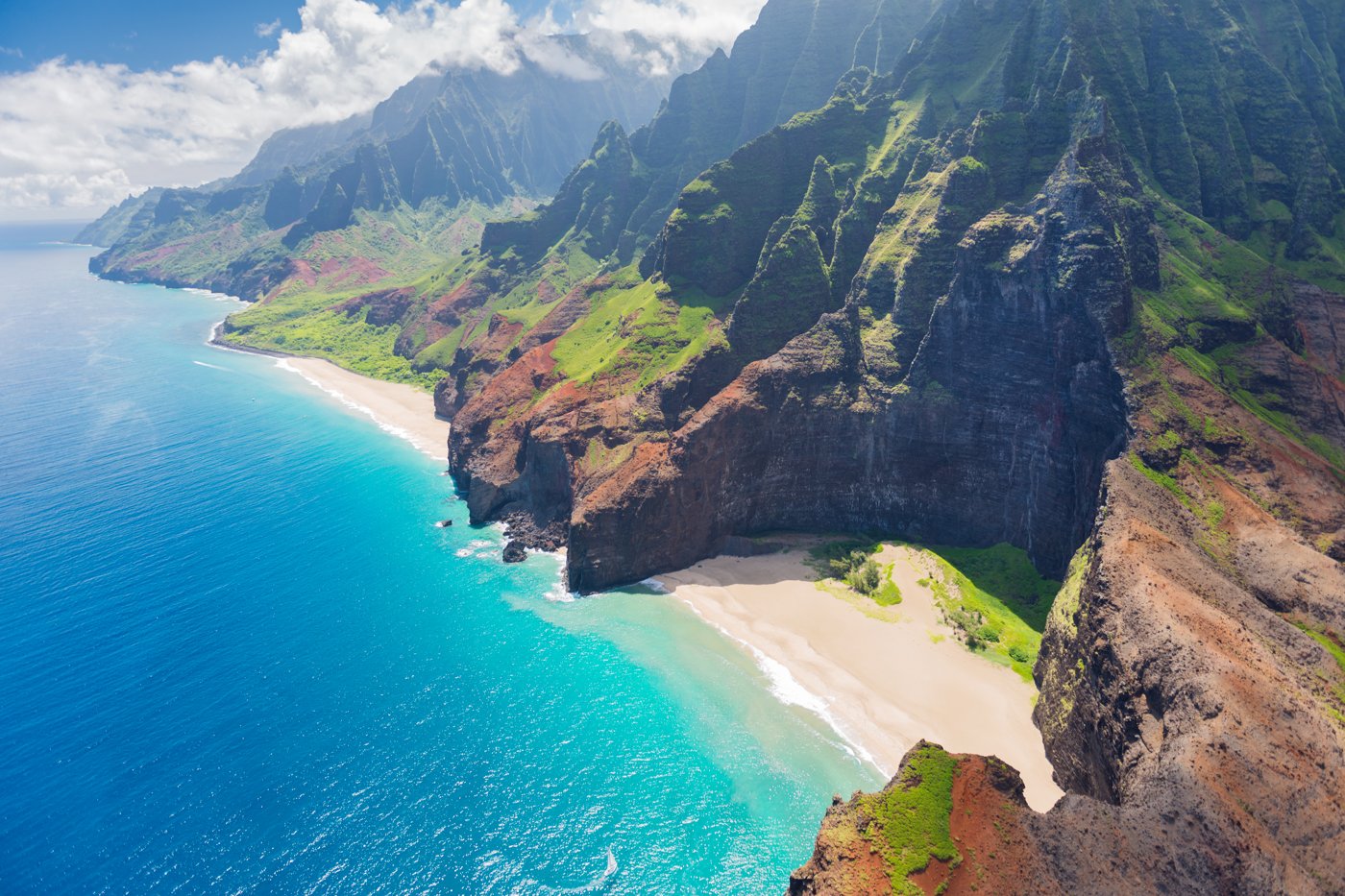
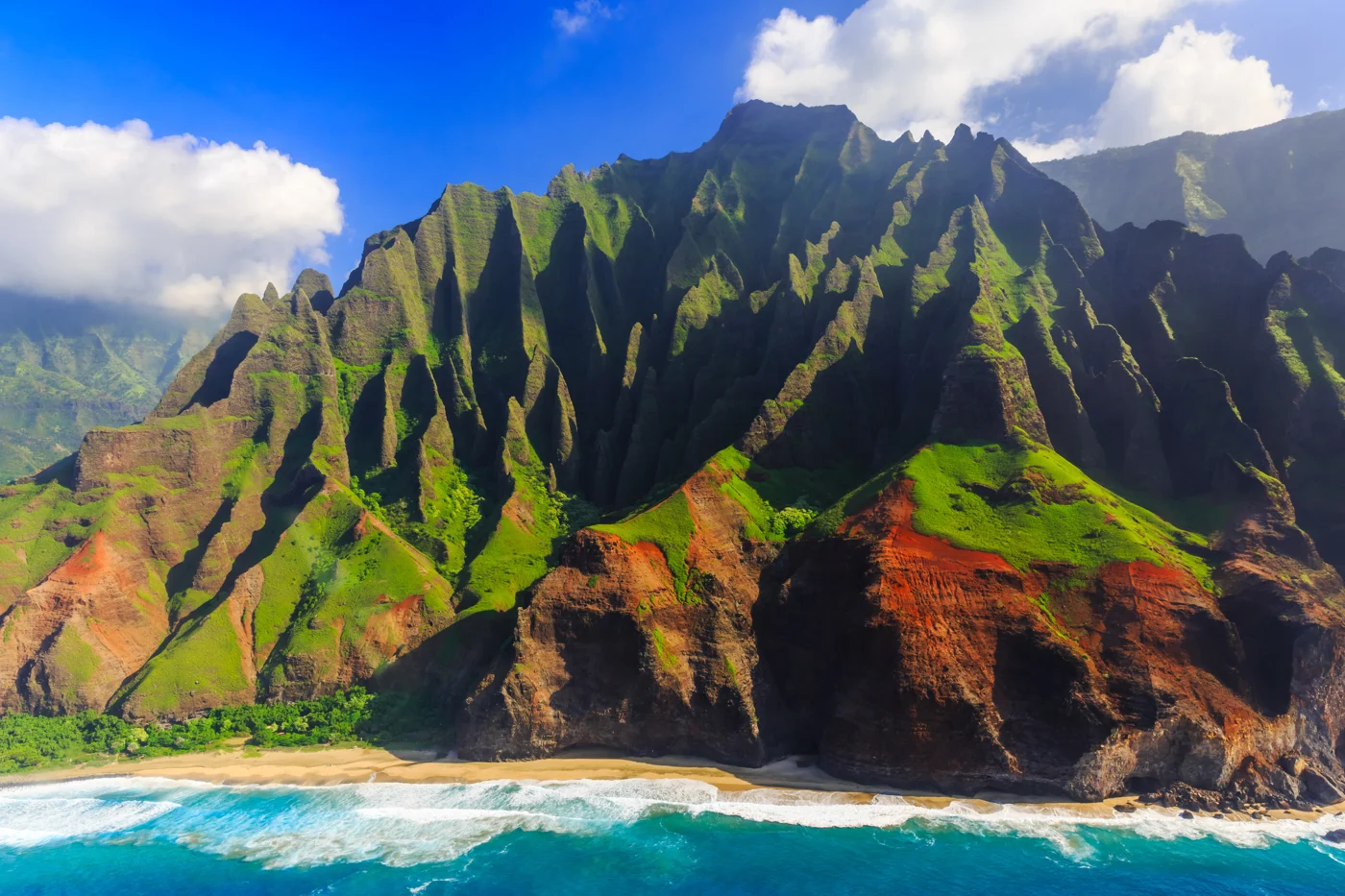

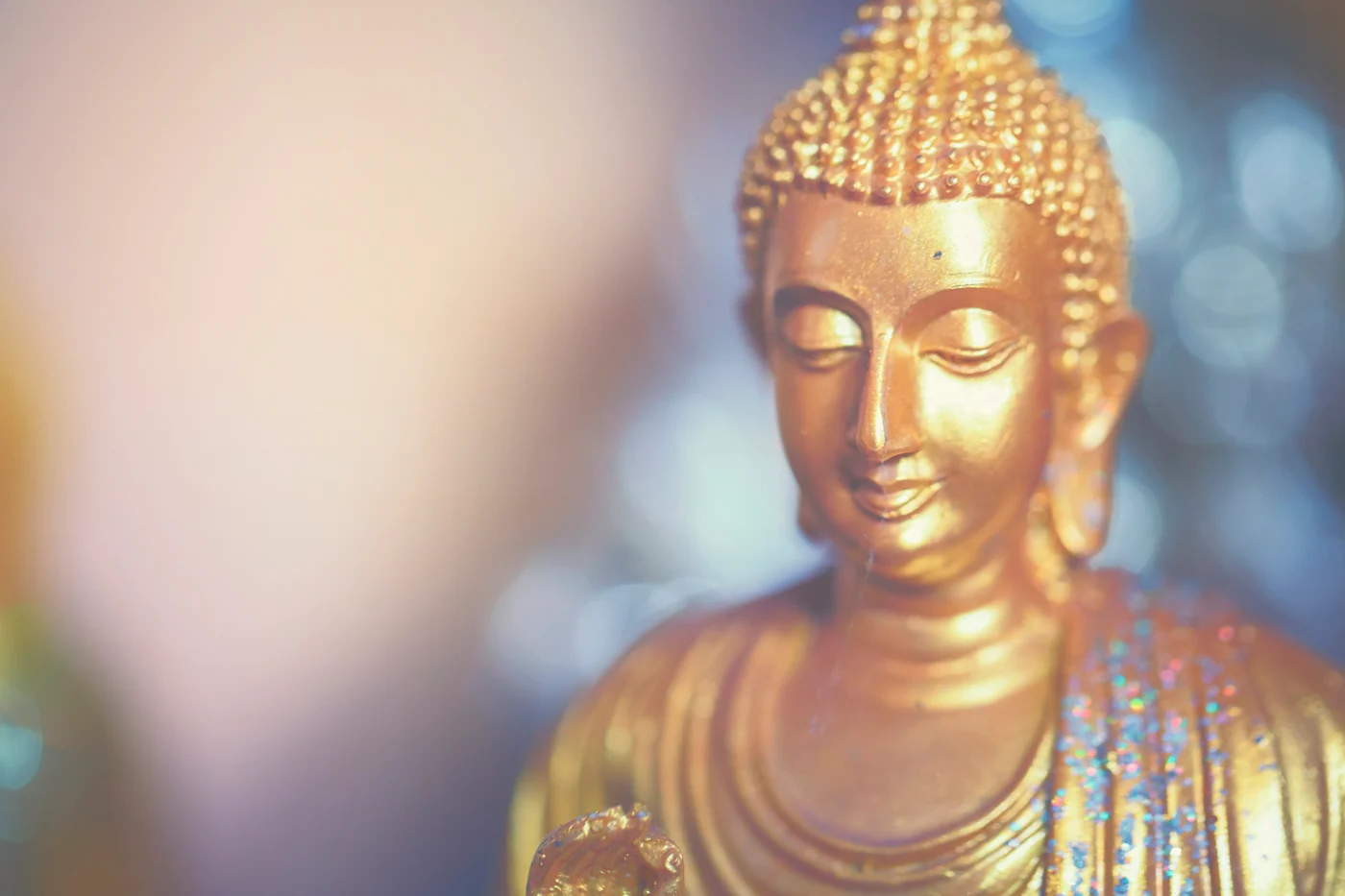
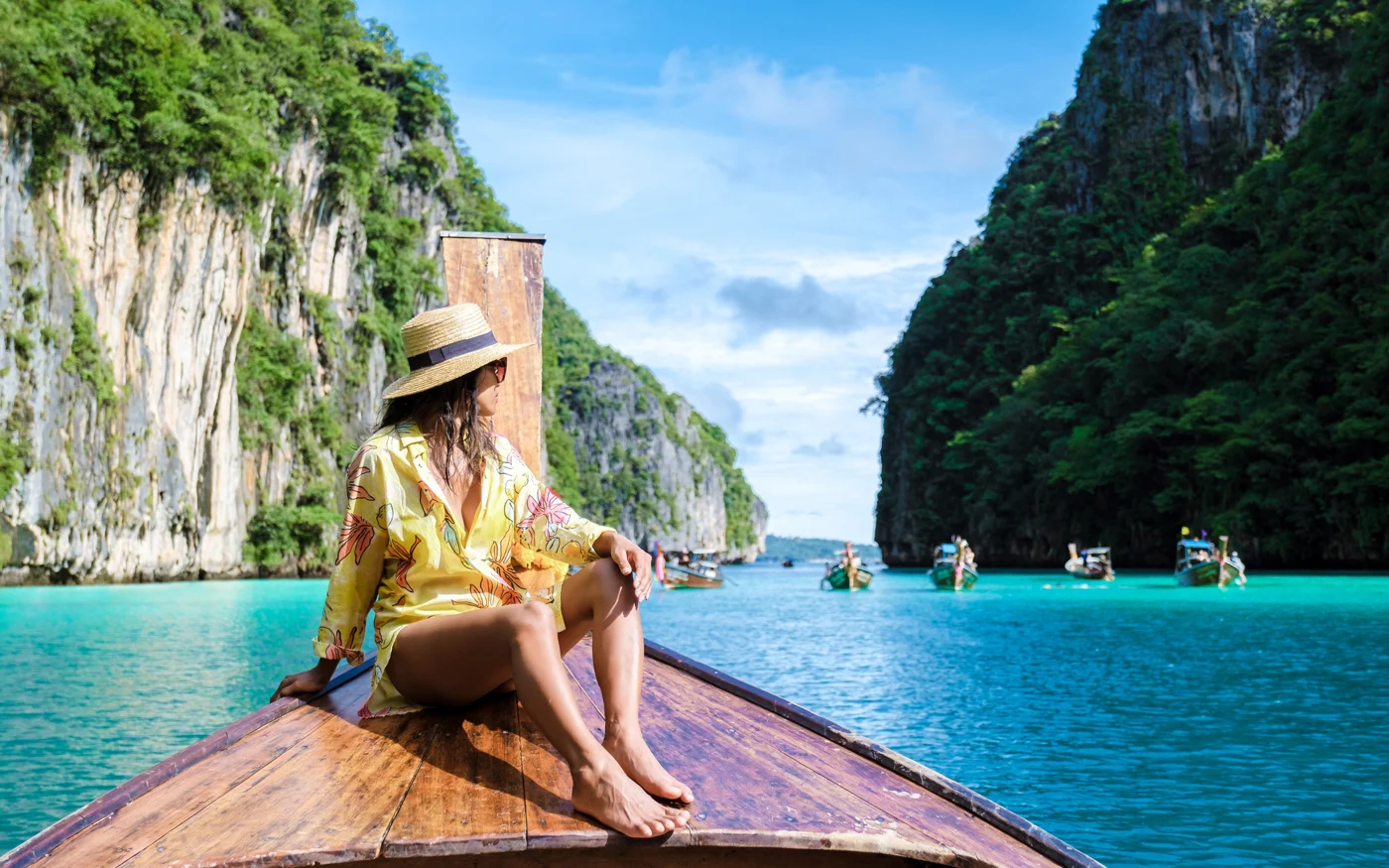



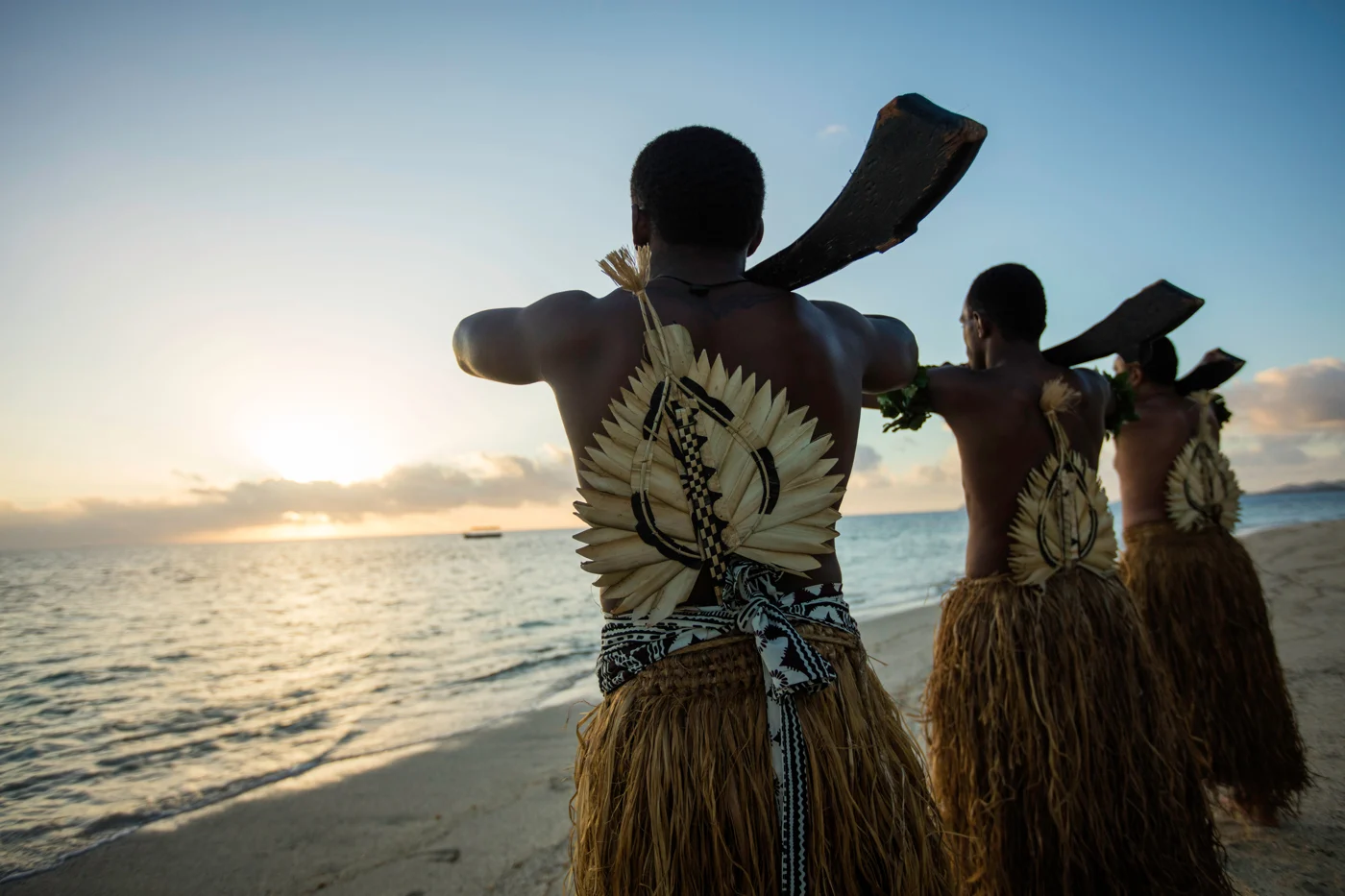
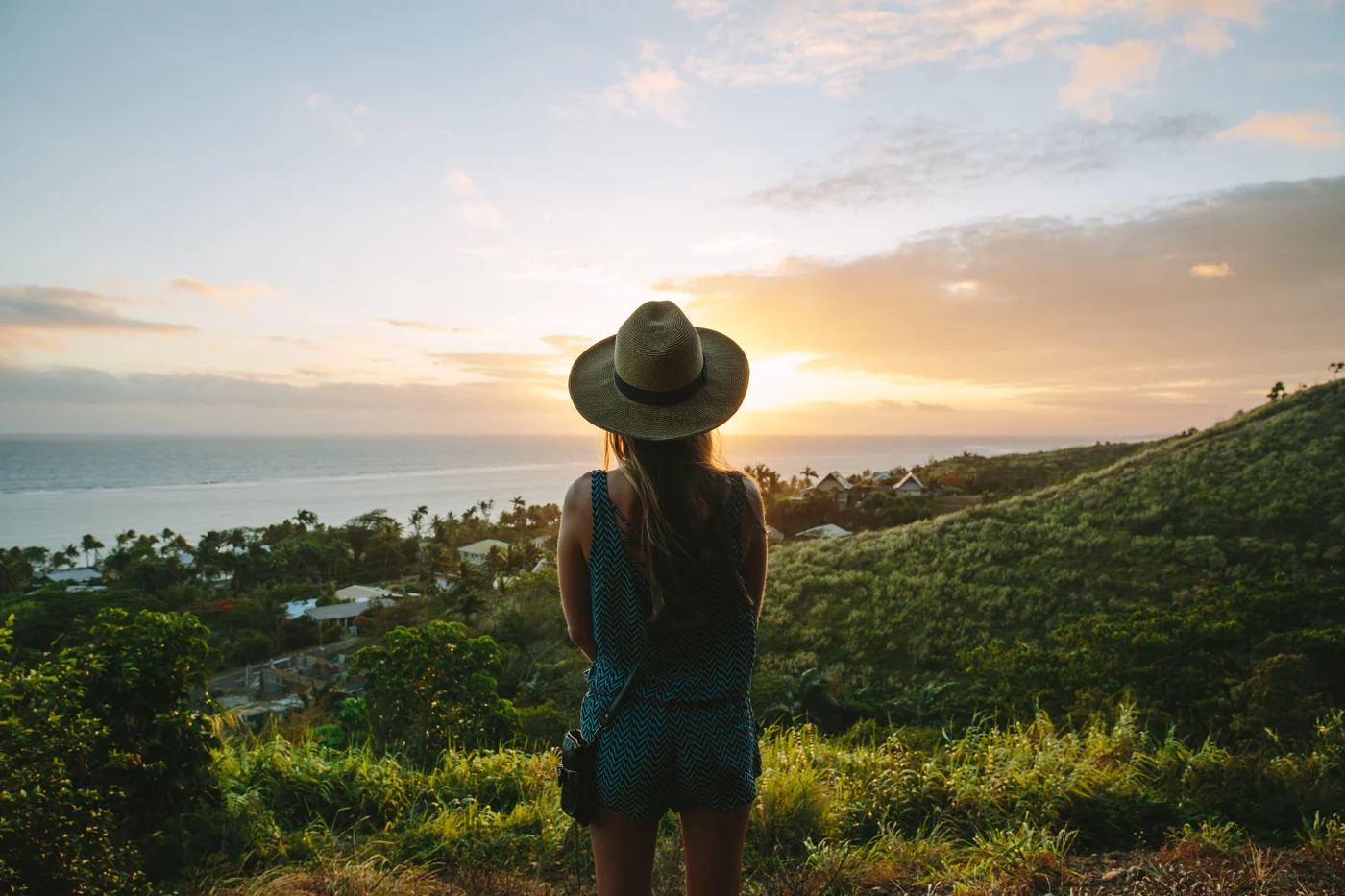

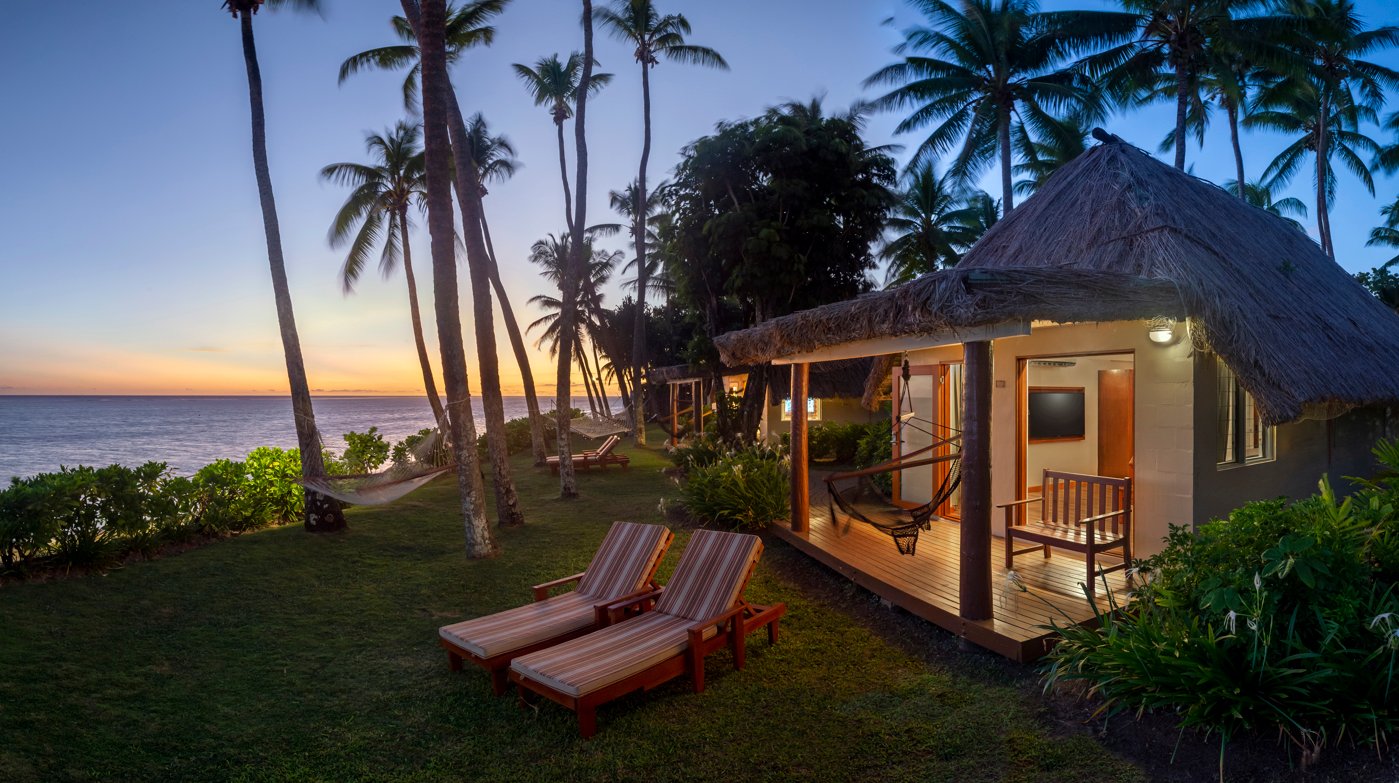

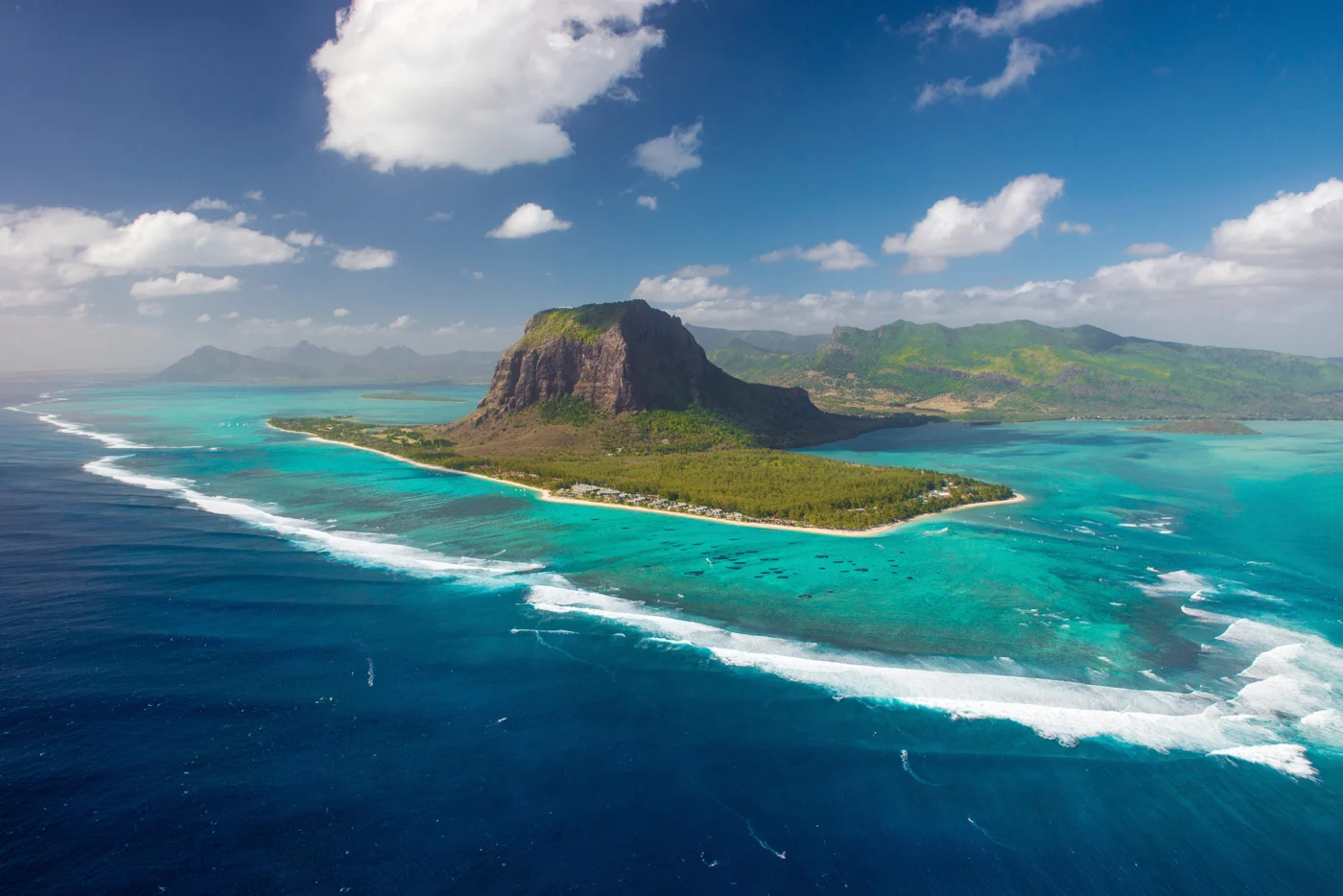






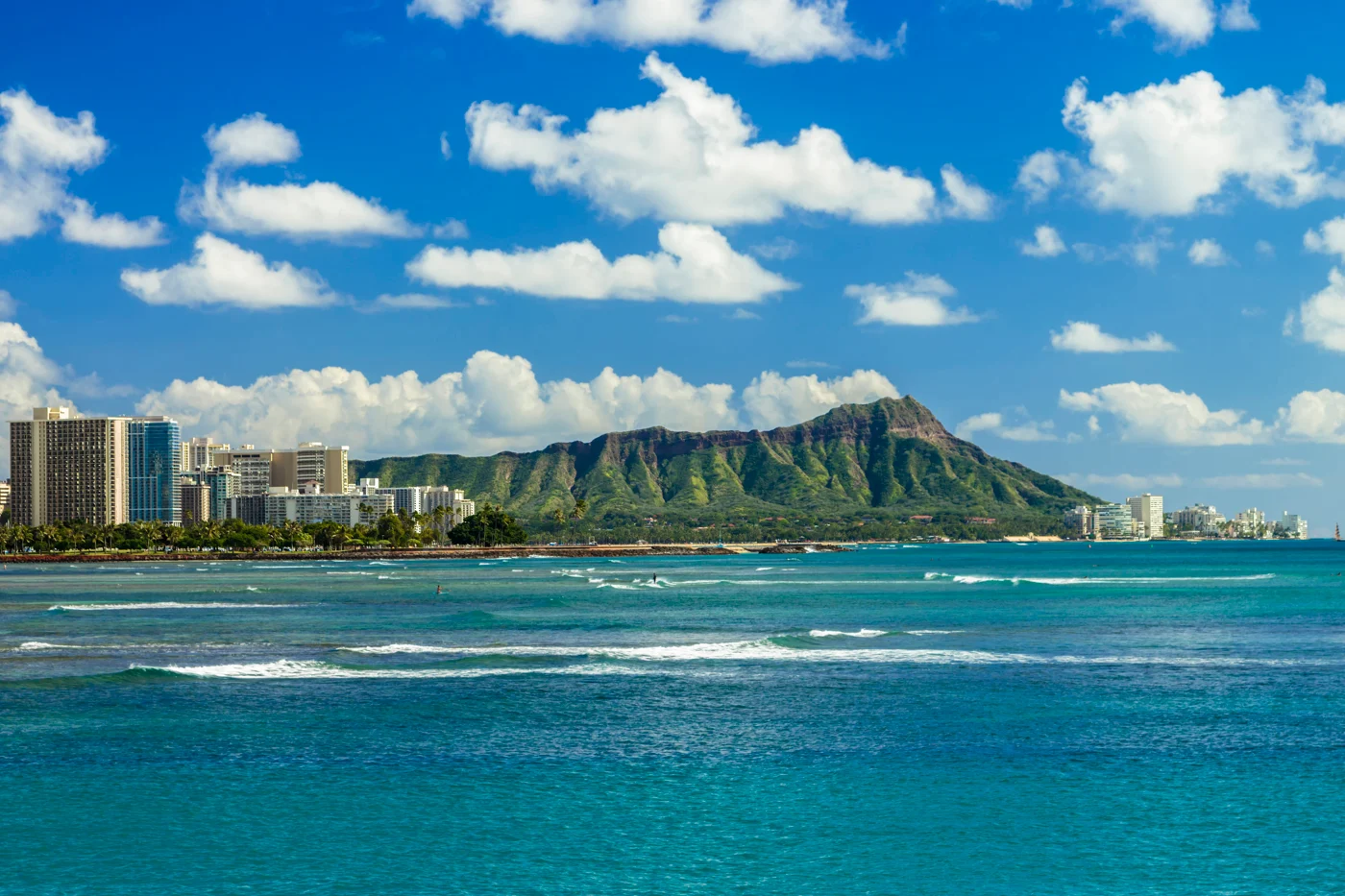
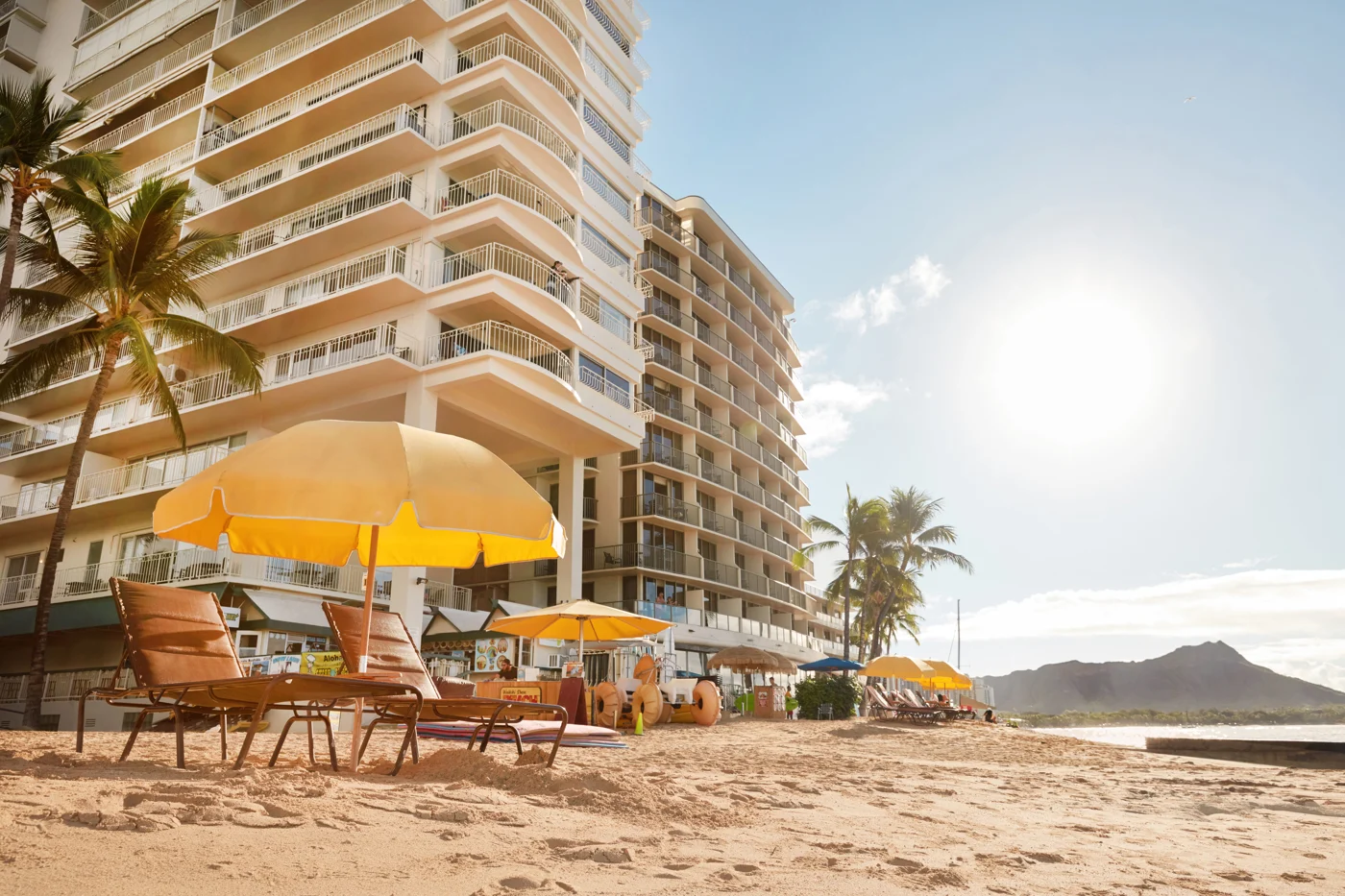


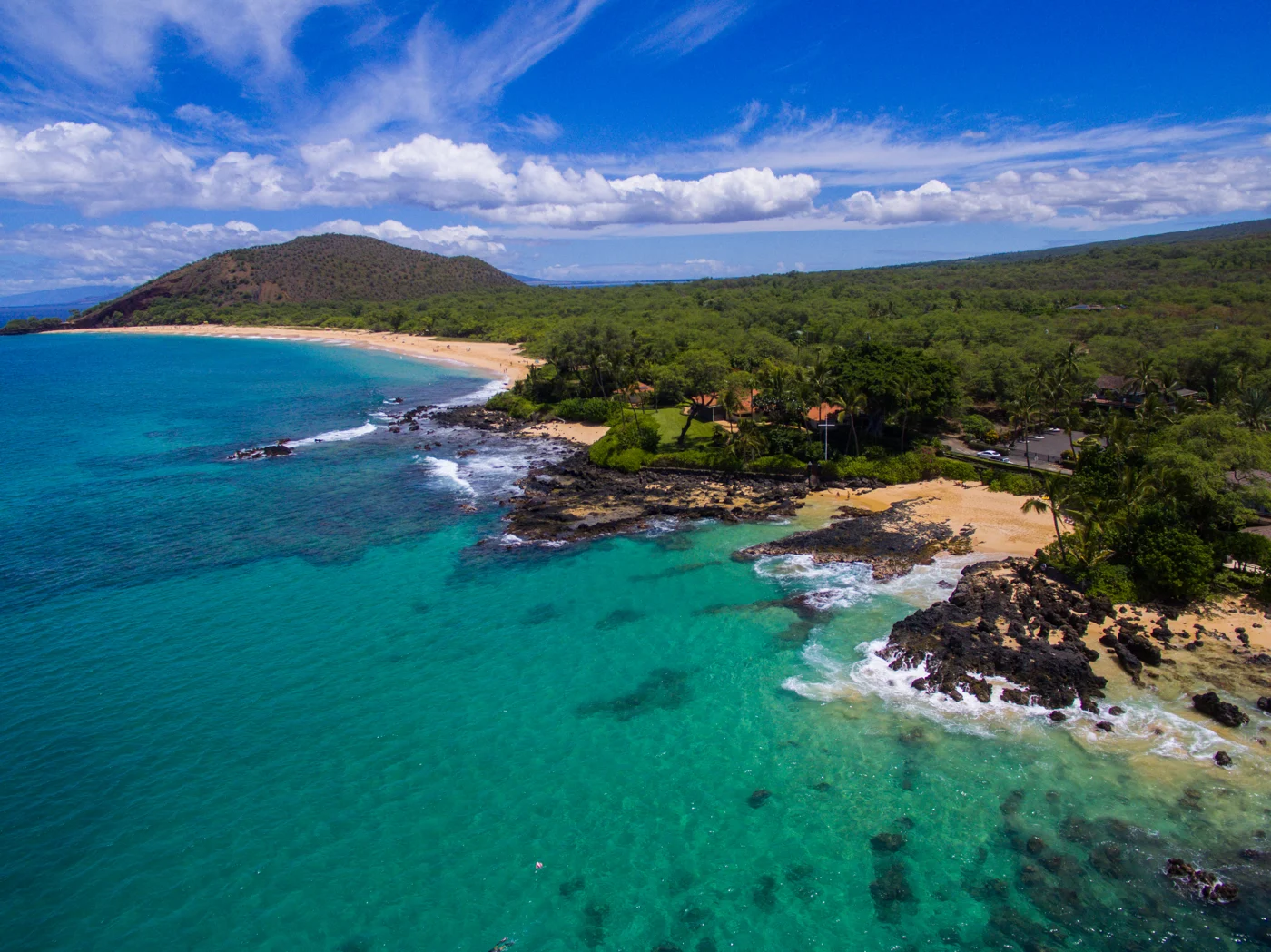

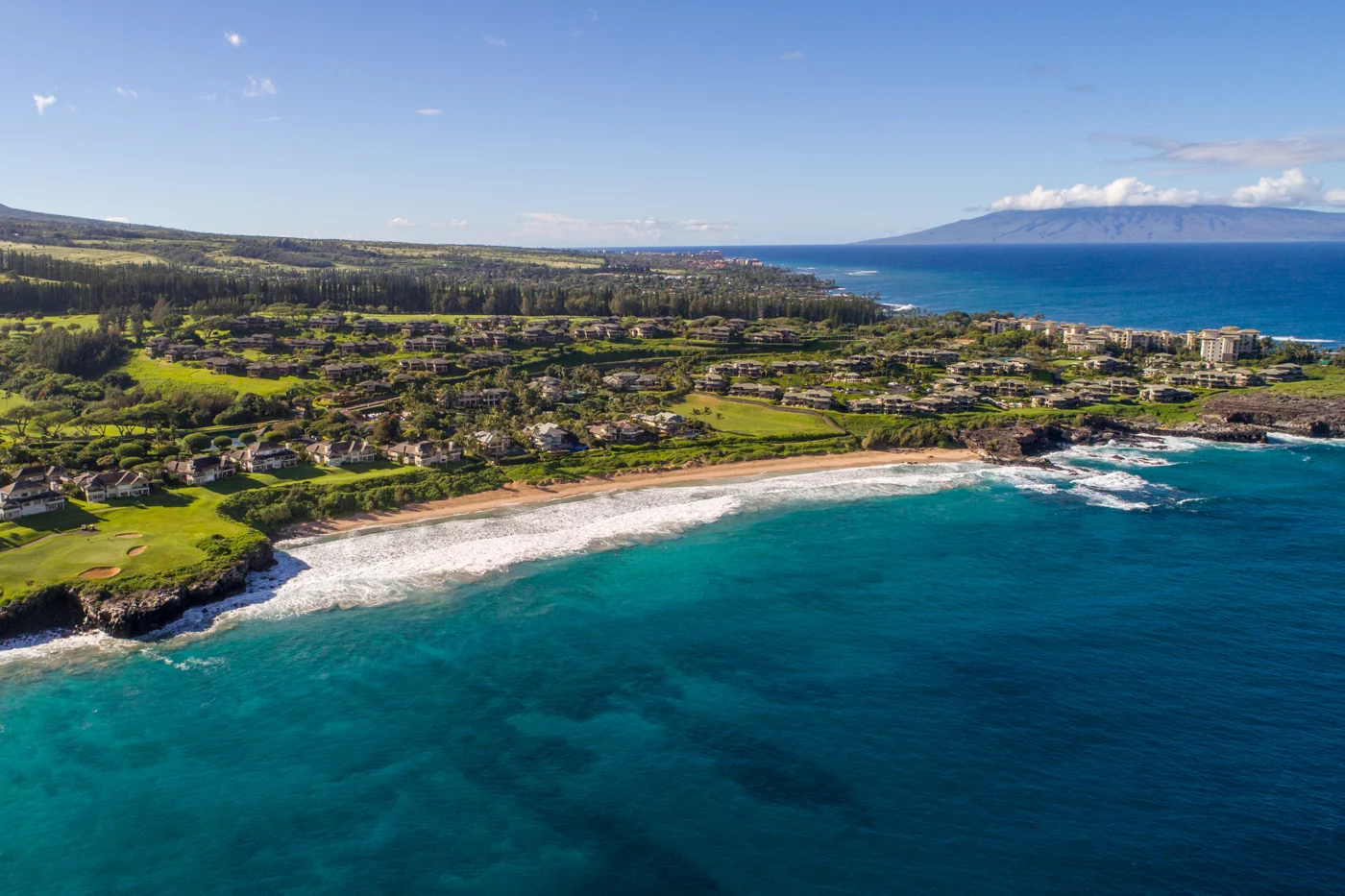
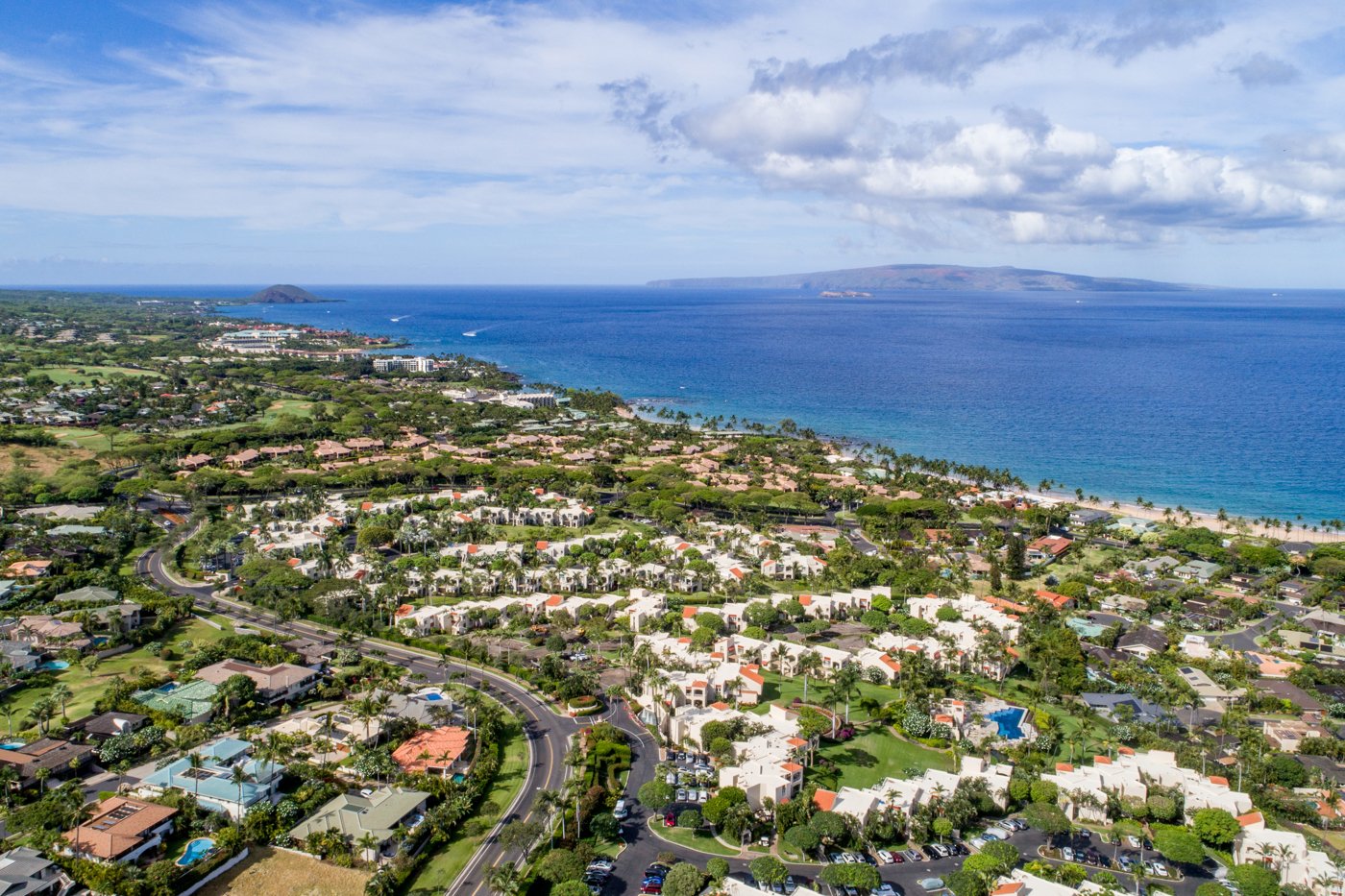
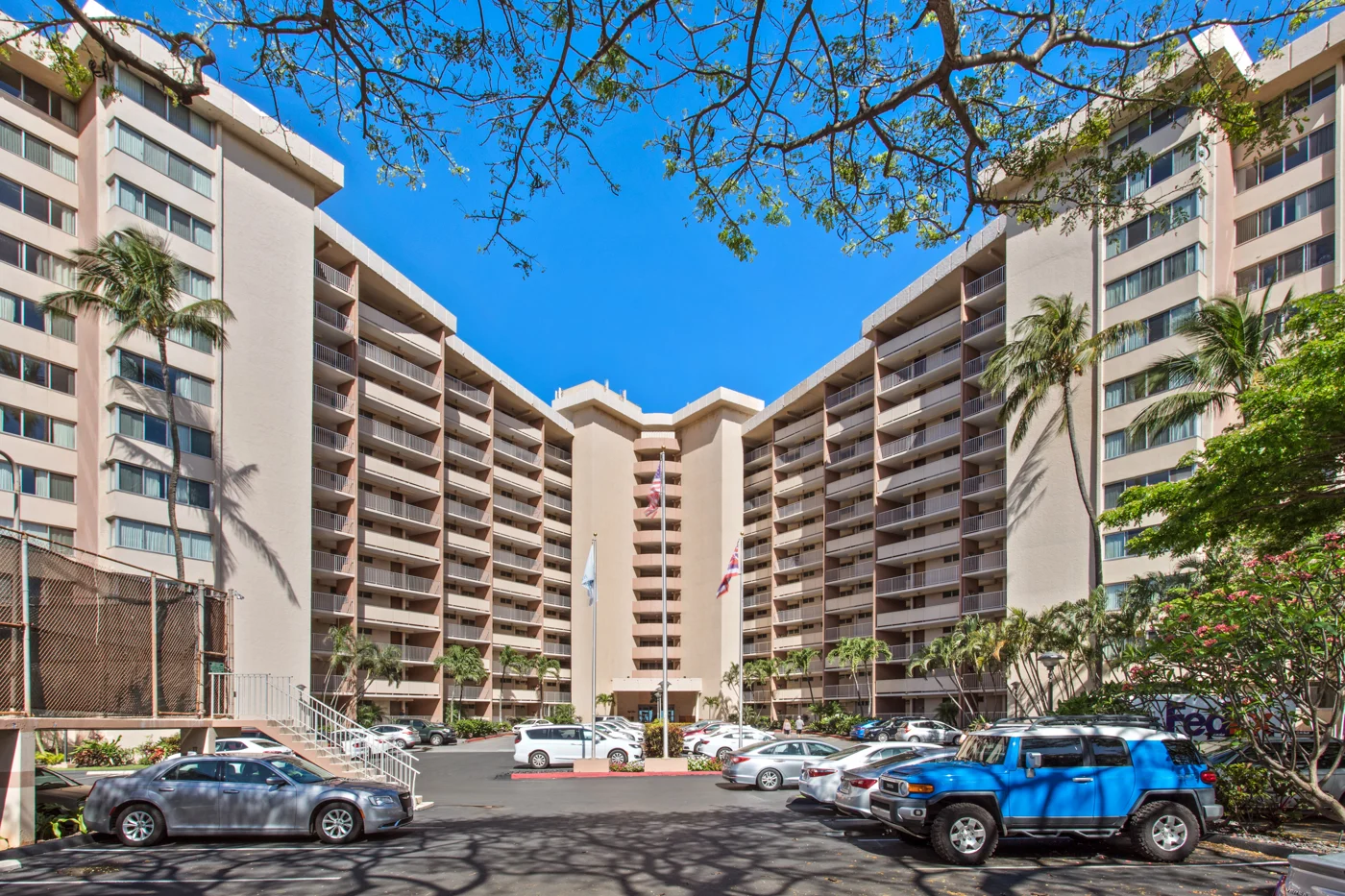
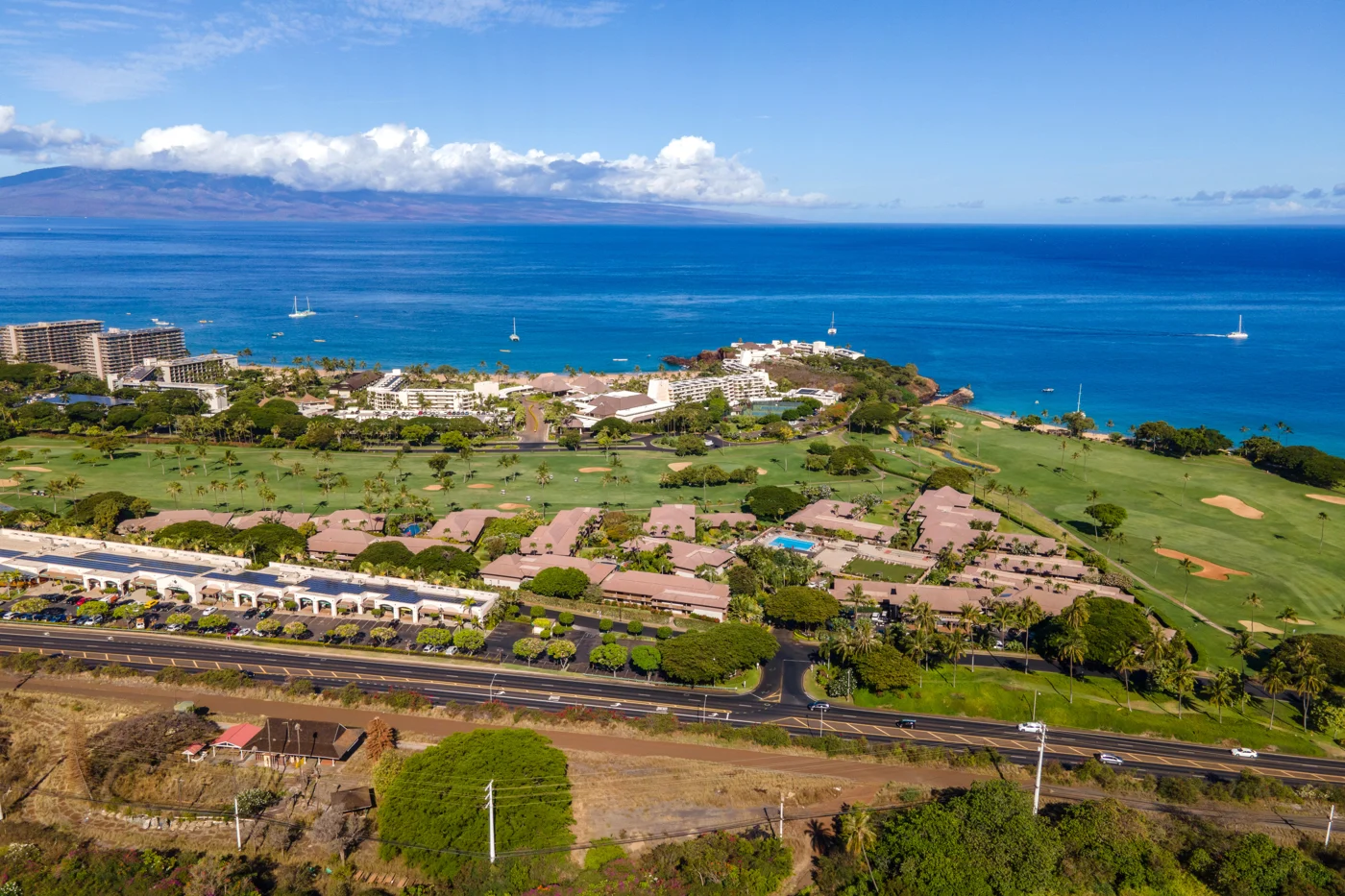


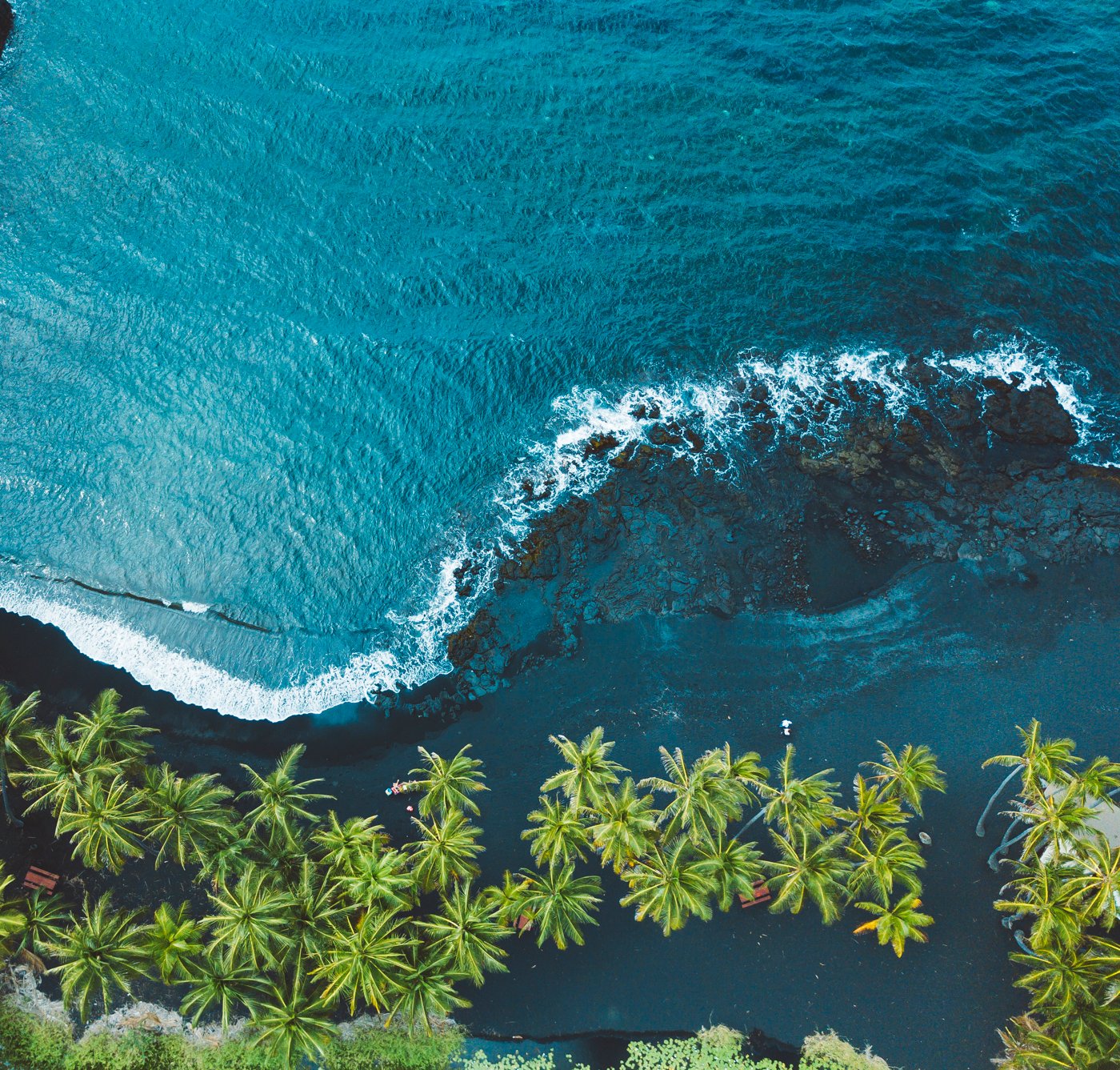
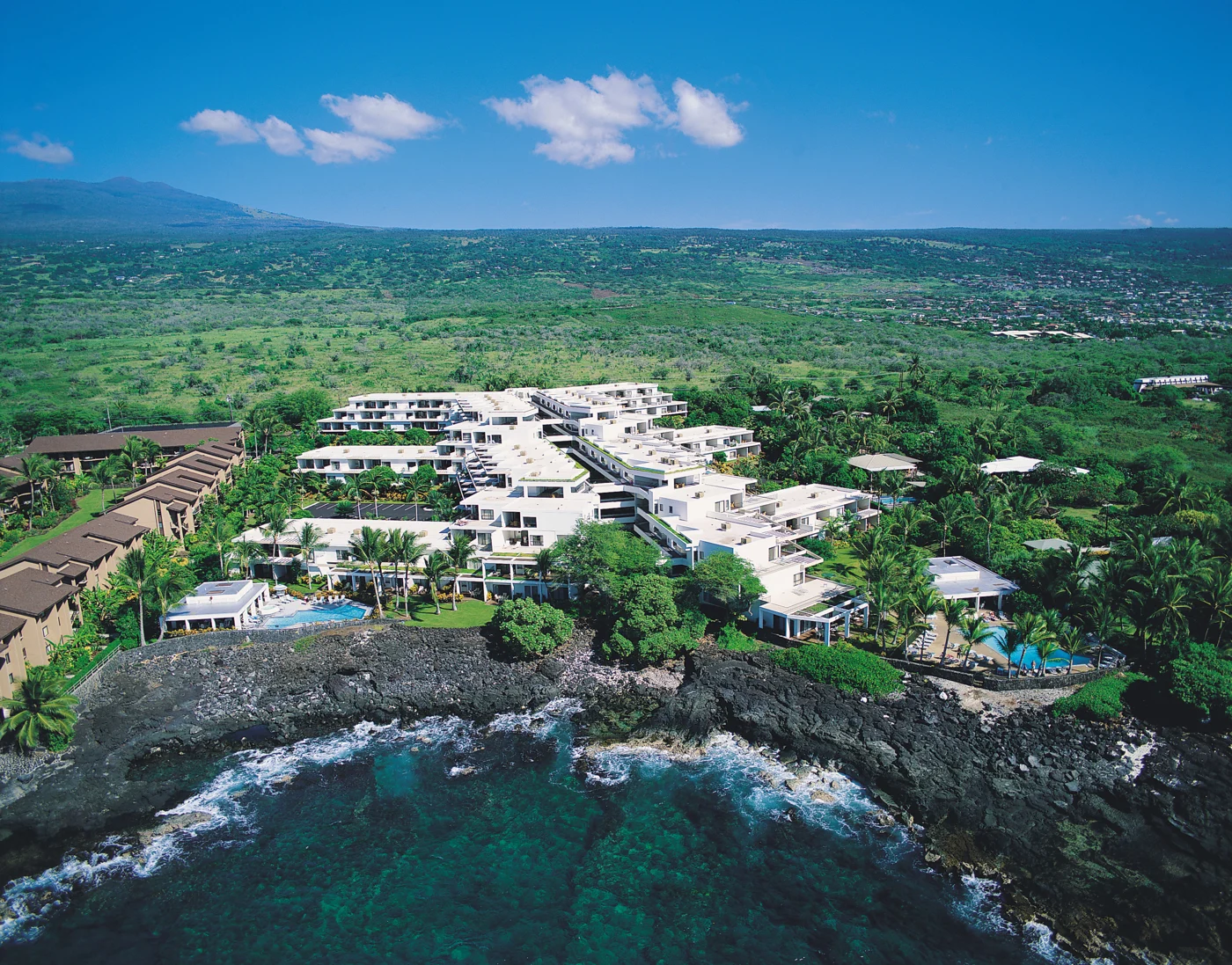
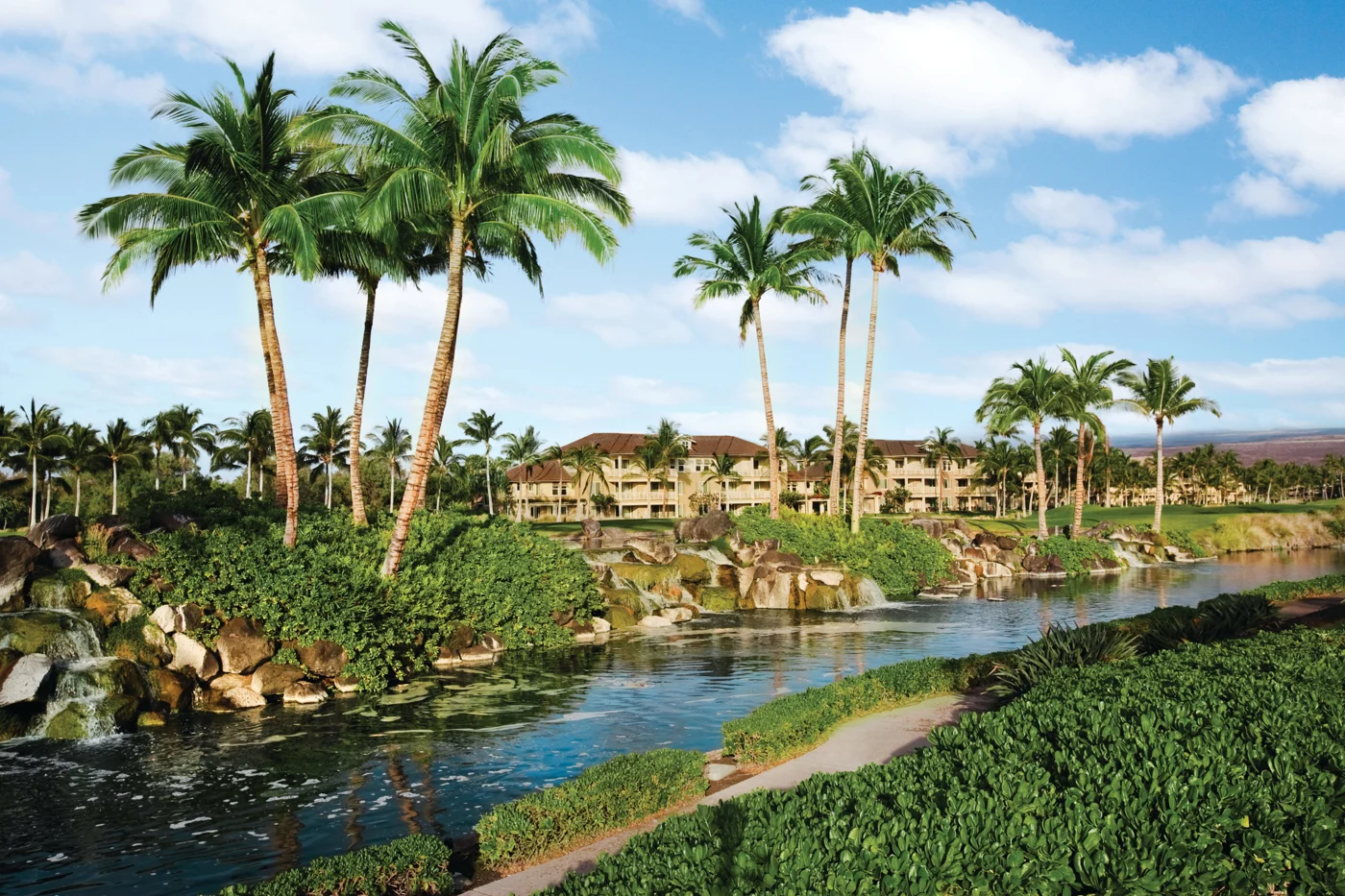
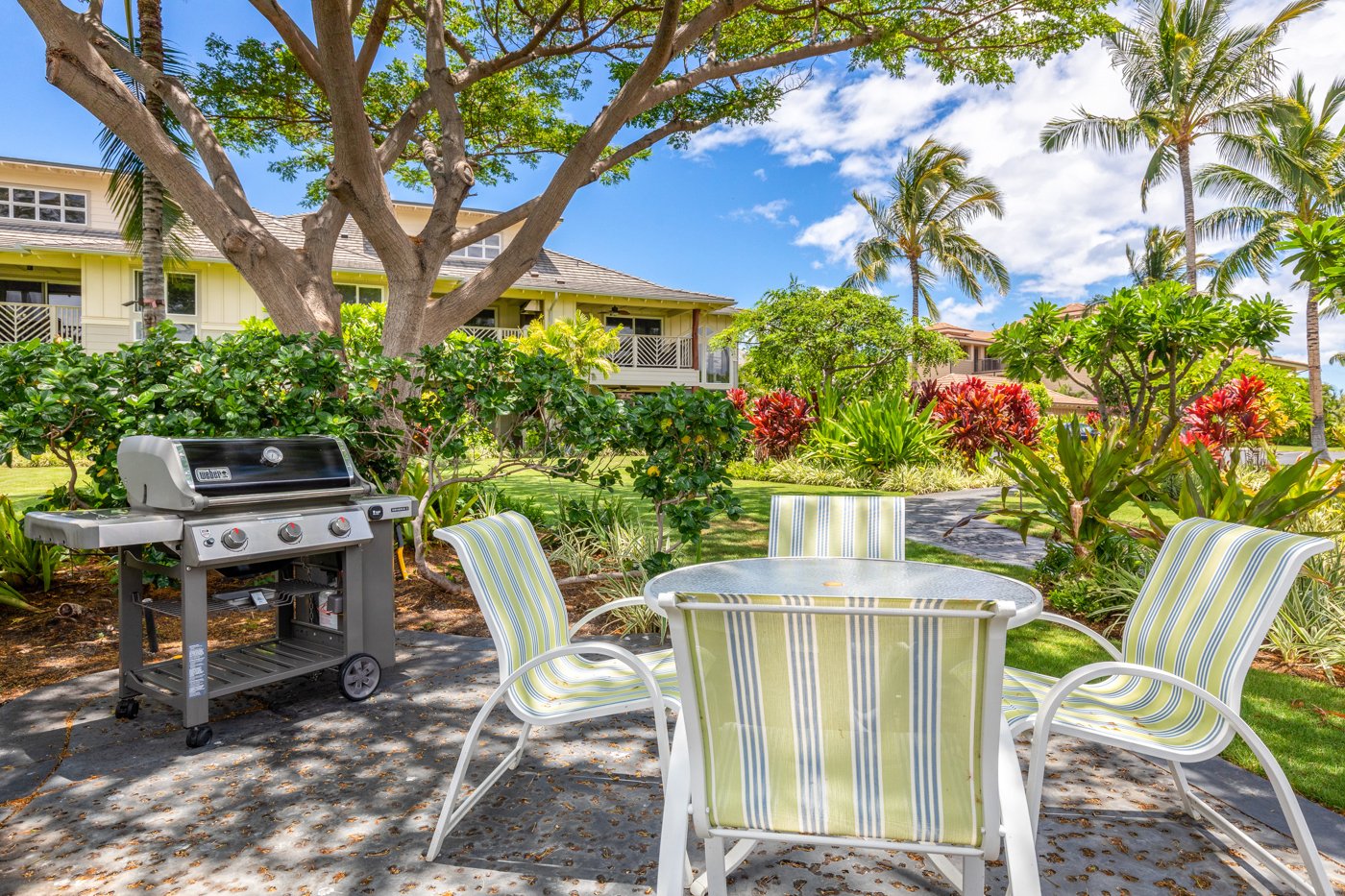

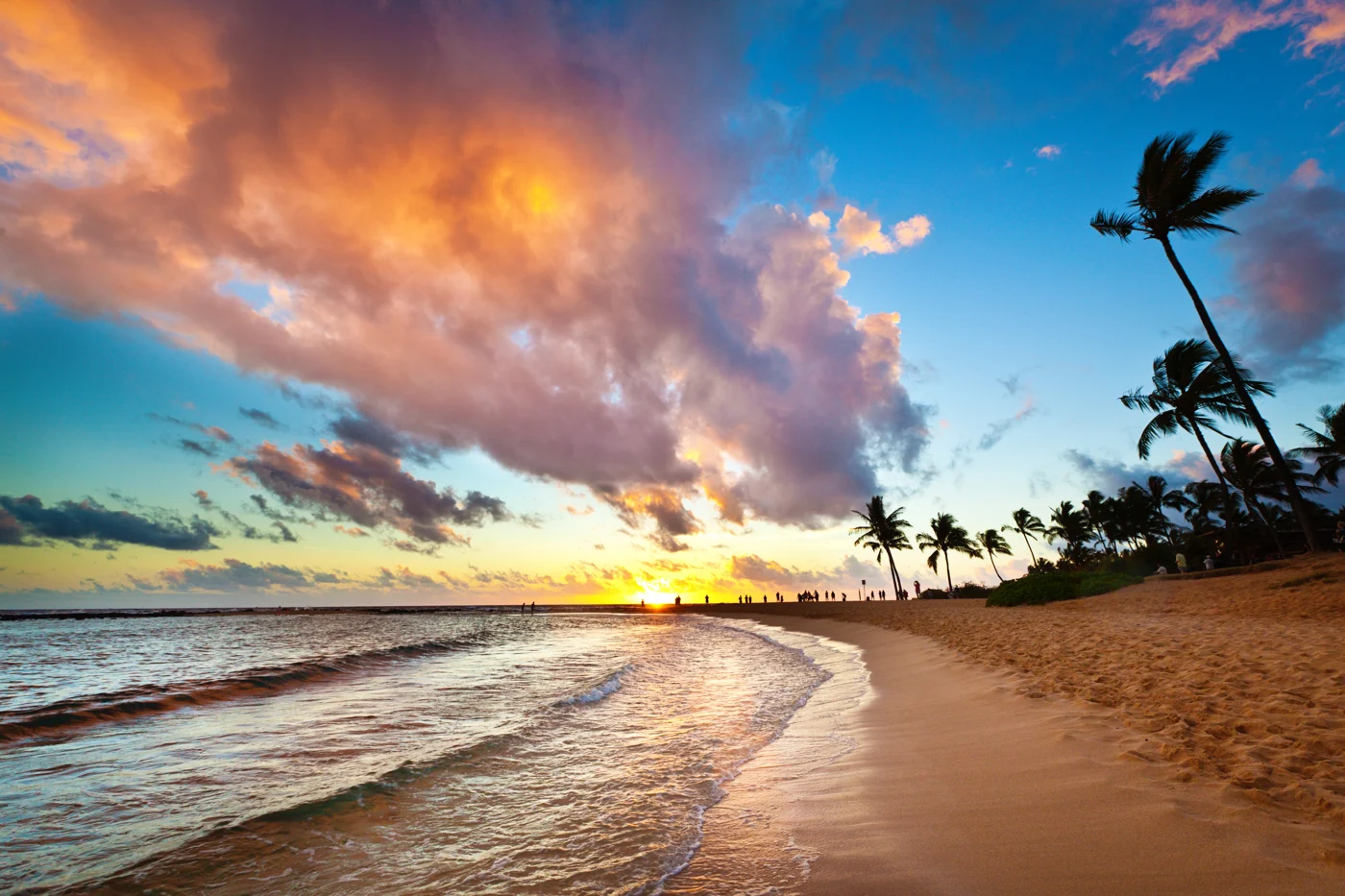





Book direct for best rates!
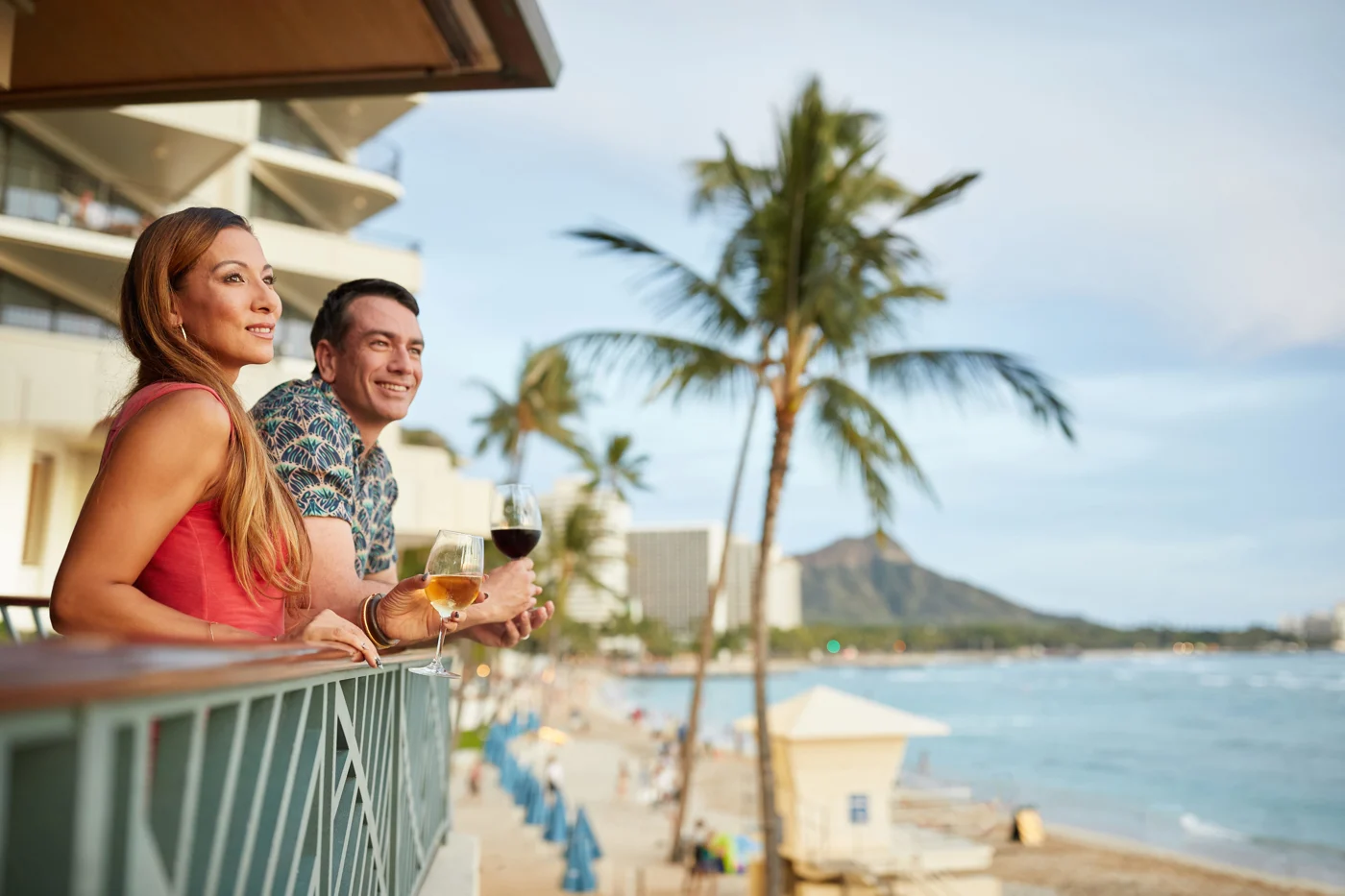


Loyalty member offers

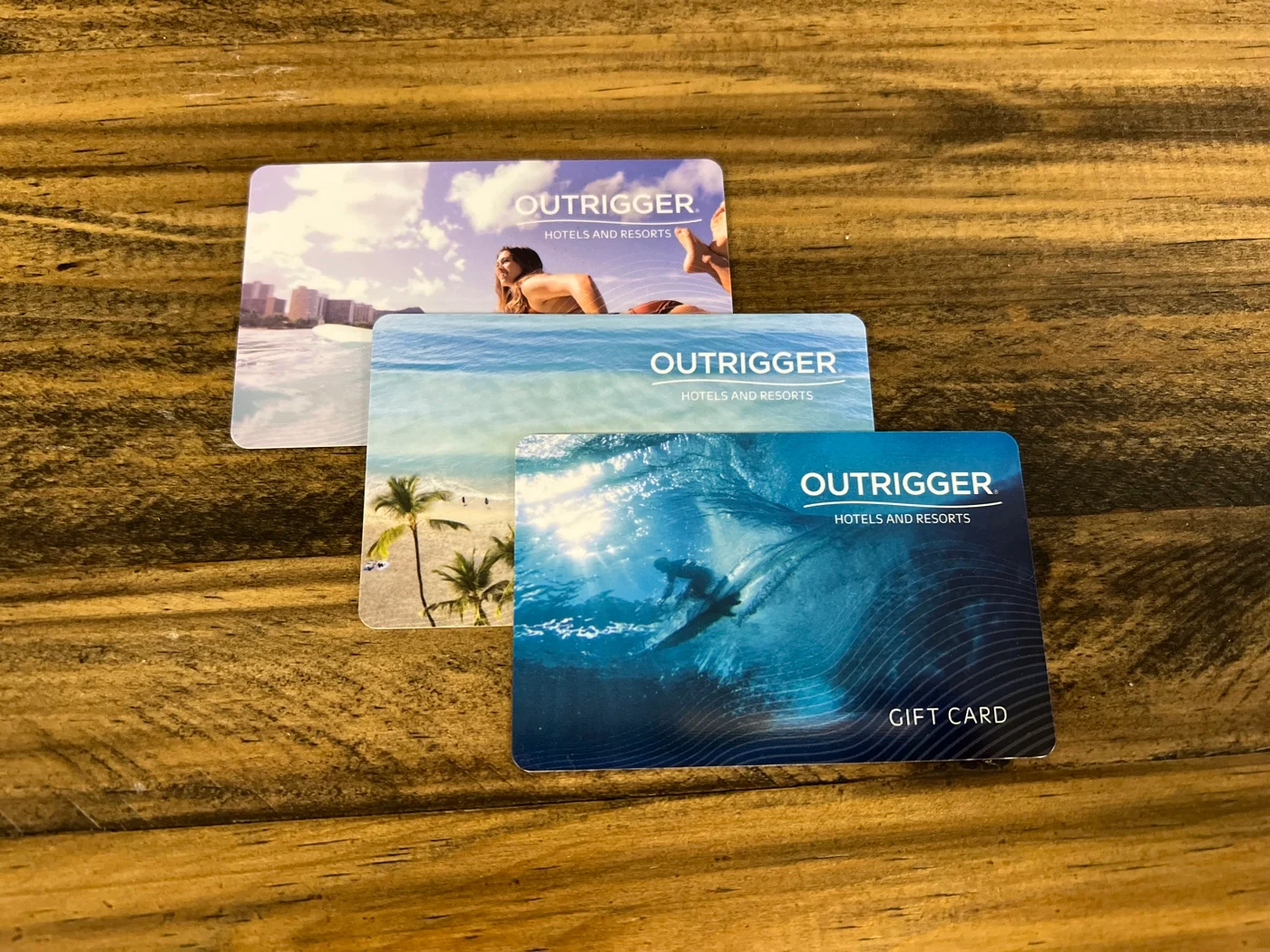
Gift Cards
Rewarding OUTRIGGER DISCOVERY benefits
- Enjoy exclusive member-only room rates and carefully curated experiences and local offers
- Earn DISCOVERY Dollars (D$) to spend towards your stay, or however you like!
- Use your benefits at more than 800+ resorts and hotels around the world
- Elite tier members earn more D$ and get perks like room upgrades and early check-in
- Free and easy to join!

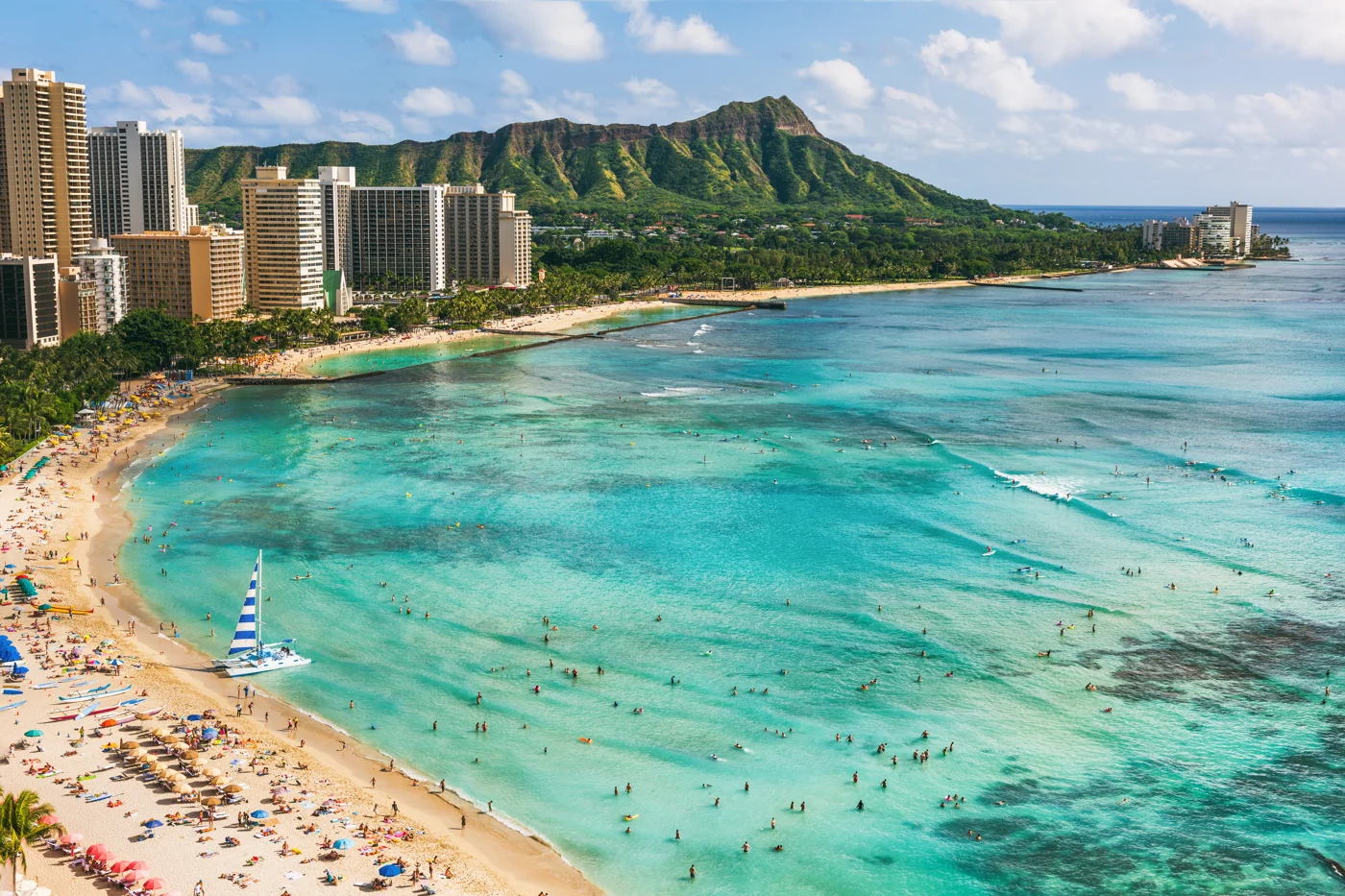


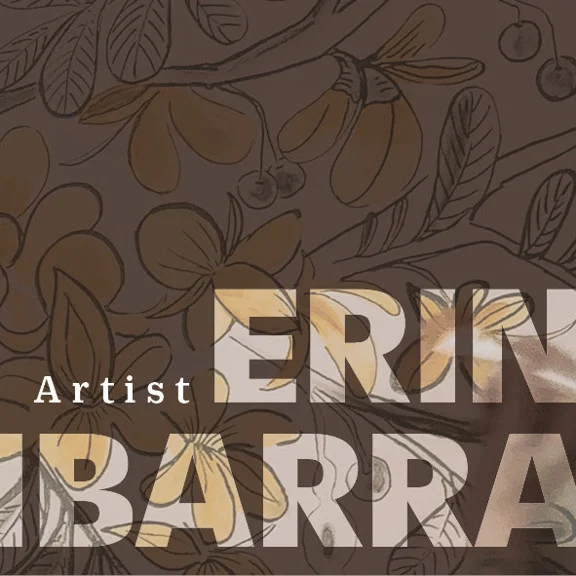
Local Artist Brings Hawaiian Flowers to Life
We sat down with muralist Erin Ibarra, one of the select artists who are forming the spaces at the new Waikiki Beachcomber by Outrigger. Erin is well-known in the community for her work with local businesses and her fiery passion for creating learning opportunities through art. Ibarra's work features a different plant species endemic to Hawaii on each floor of the resort; that's 24 different pieces all together. See what she has to say about it:
Q: How did you get started with doing art as your business? Was this something you had planned?
A: No, not at all. I really had a passion for the restaurant and service industry; the craft beer scene and chalkboards were getting more and more popular when I had first started a few years ago. I had a lot of really cool opportunities to embellish these chalkboards in really fun ways - people really liked my handwriting and that artistic style it came with - so I would come into work and do that instead of my actual job. And (chuckling), that's when I realized I was probably a better artist than I was a waitress.
Q: When did you realize this type of art would be your thing?
A: The moment that really made me realize I could make something of this was when [a Honolulu pub] opened up. The regulars there were people I had already known; there was a need, a desire for true craft in beer, service and the all around business. They had seen my smaller chalkboard work, and with the idea that I would do theirs, they built their own eight-by-four foot huge chalkboard. As soon as I had finished that project, I was like 'This is amazing. This is the most fun I've ever had and everyone needs something like this for their business.' It was a great way for me to live and work in an industry I loved, but it was the perfect mix, now including art. Now, its obviously grown into different avenues.
Q: You often speak on your art bringing a service to someone or some larger group. Can you tell us more about that?
A: I love that I can offer a niche type of art, an infusion of art information. It's not just art for art's sake. It tells a story. It teaches something. It serves as a way finding tool.
Q: How did you transition from your handwritten style to your large, floral work here?
A: It was 100% a natural evolution of what I had been doing. For example, many of the illustrations I had done for food were purely organic. It was no more than what it was, but it meant so much. I would have assignments to illustrate local fish for poke bowls. All of those opportunities to draw native species, food and little creatures - that is what I got really good it. It's a style of hyper-natural, realistic and vintage. I am always loving those old school, science book-style illustrations.
Q: Would you say that your handwritten illustrations would be aligned or similar to what artists would consider a stencil?
A: There are elements of stenciling to many projects that I do. But I would say that a good 75% of the projects that I do, I just go ahead and draw right on the wall. Once I know the full project request, I get up there with my level and I kind of just figure it out. For other projects that require a lot more forethought to get many people in agreement on a design, there are a couple of phases and design mock-ups that come first.
Q: What was your process for the floral work at the Waikiki Beachcomber?
A: This particular project falls within the 25% of projects where I love to use my projector. Think about it like a tattoo artist. Some artists know their comfort zone, and they know how everything fits on their subject. But if it's a new kind project, a big piece, they typically have to stencil on the subject, make some fixes, erase, resize, re-stencil, and so on. It's the whole process of getting your art to finally look exactly how you want it. The projector helps on projects like this when you don't want to lose track of scale on white walls like this that seem like such a free canvas. I mean, I'm not afraid of going big.
Q: And the pieces here at the Waikiki Beachcomber even go up onto the ceiling! Do you feel like having such strong vision is one of your major strengths?
A: Definitely. Vision for layout. And like I said, I have no fear of going big. In fact, the bigger the better. It helps that this was such a collaborative project. When I was presented with the idea, I thought our original concepts were even a bit too simple, so I made some suggestions and it almost took on a life of its own, as most projects do. Bit by bit, pieces just came together. For example, something like how we organize the floral by floor and ultimately arranging the pieces by where they can be found in their natural elevation. That was an "aha!" moment. It's just been so organic and it feels right.
Q: Can you tell us more about the flowers? You've done a lot of hefty research for this project.
A: Sure! I was looking to highlight the endemic species here in Hawaii. Some of them would be considered indigenous, but the entire collection is endemic. In all of my years doing locally-influenced art, I've gotten so many requests for hibiscus or the plumeria, but this is an opportunity to give more love and attention to the species that aren't in the spotlight so often. Its absolutely an educational opportunity. The hope is that when a guest comes to the end of their stay, they will know what something like a Maile plant is, and they'll be able to share some of those lesser-known facts about Hawaii when they get home.
Q: Would you tell us a bit about the one you're working on today?
A: Yeah, it's a special one! Well they're all gems. This plant is a big, bright red berry that grows out out of the desolate black lava fields on the Big Island. When you go to that island and you see a field of slat, black lava, these attention-getting, bright berries just sprout right there. I actually think that's insane and I love the little things like that. The whole project has obviously been deeply exciting and personal for me. I hope others can start to learn about these plants on a different level.
Q: Your energy and excitement absolutely gets translated into your work. Which plant is your personal favorite?
A: Ah, good question. It's called the Naupaka. I recently learned there are actually two species of the Naupaka; one is a beach Naupaka, and one is the Mountain Naupaka. Legend has it that there were two lovers that got separated, and these flowers represent the love they had for each other. The Naupaka on the beach only grow half their petals, and the petals are facing downward. The ones that grow in the mountains also only grow half their petals, but they grow facing upward. Neither ever grows a complete flower.
Q: And your favorite part of the process?
A: When you first start getting on the wall. It's the idea of transferring something small you've had in your head to the big, final canvas. It's so exciting to see how a vision for a blank wall can totally transform an entire space.
Q: Final question. What does this project make you feel?
A: Firstly, honored. To be a part of the re-branding for this place - there is just such a great energy going on here. The pureness feels incredible. To feel like you belong, to be a contributing player to the transformation of this space; working with a company that loves what I do, and I love where they're going, it's unreal. That fit is a really rare find. It's been a chance for us all to connect deeper with our Hawaii, our aina, even the culture of the hotel.
Book your next stay with the Waikiki Beachcomber by Outrigger and find out what flora will be on your floor!